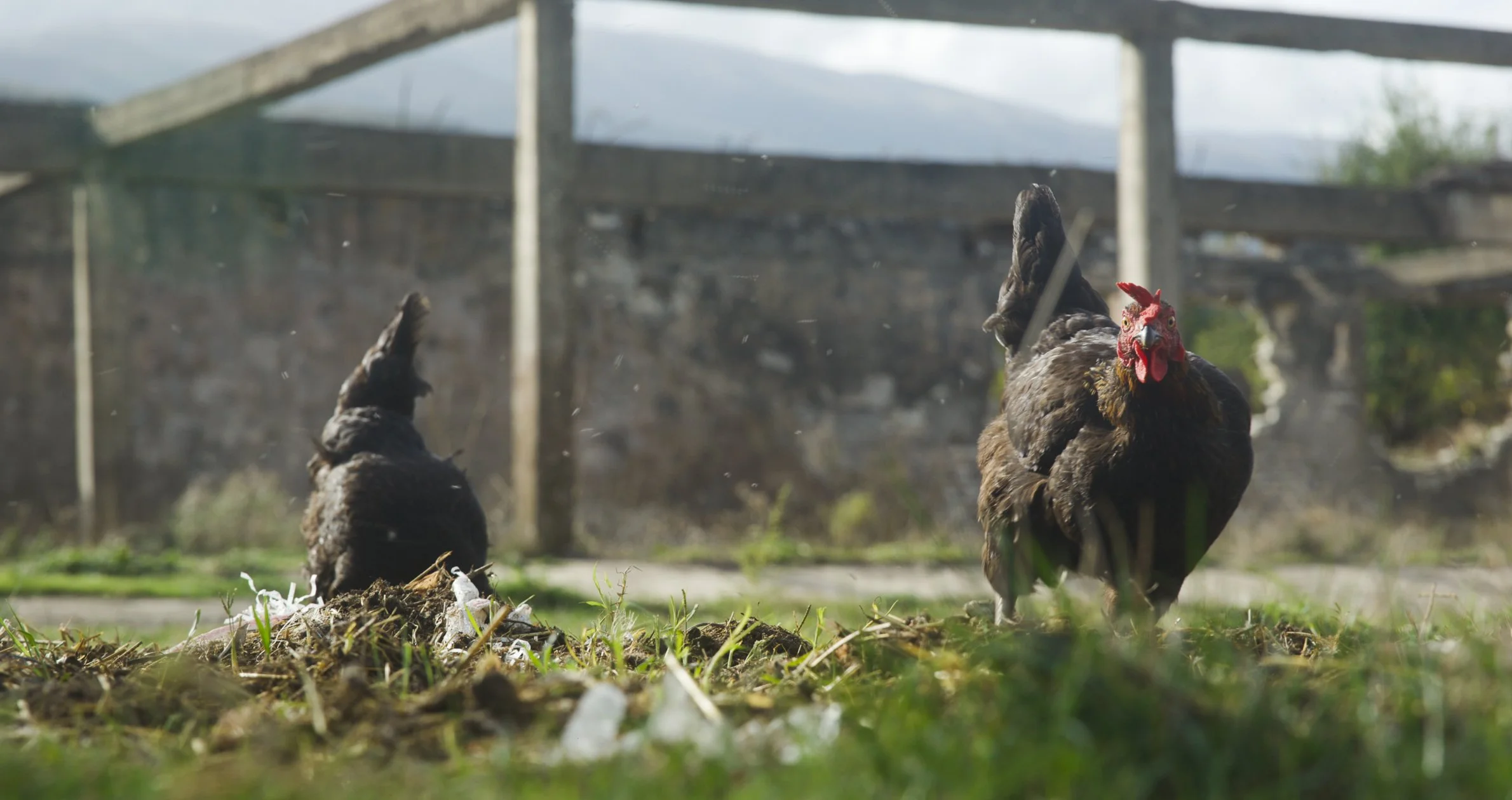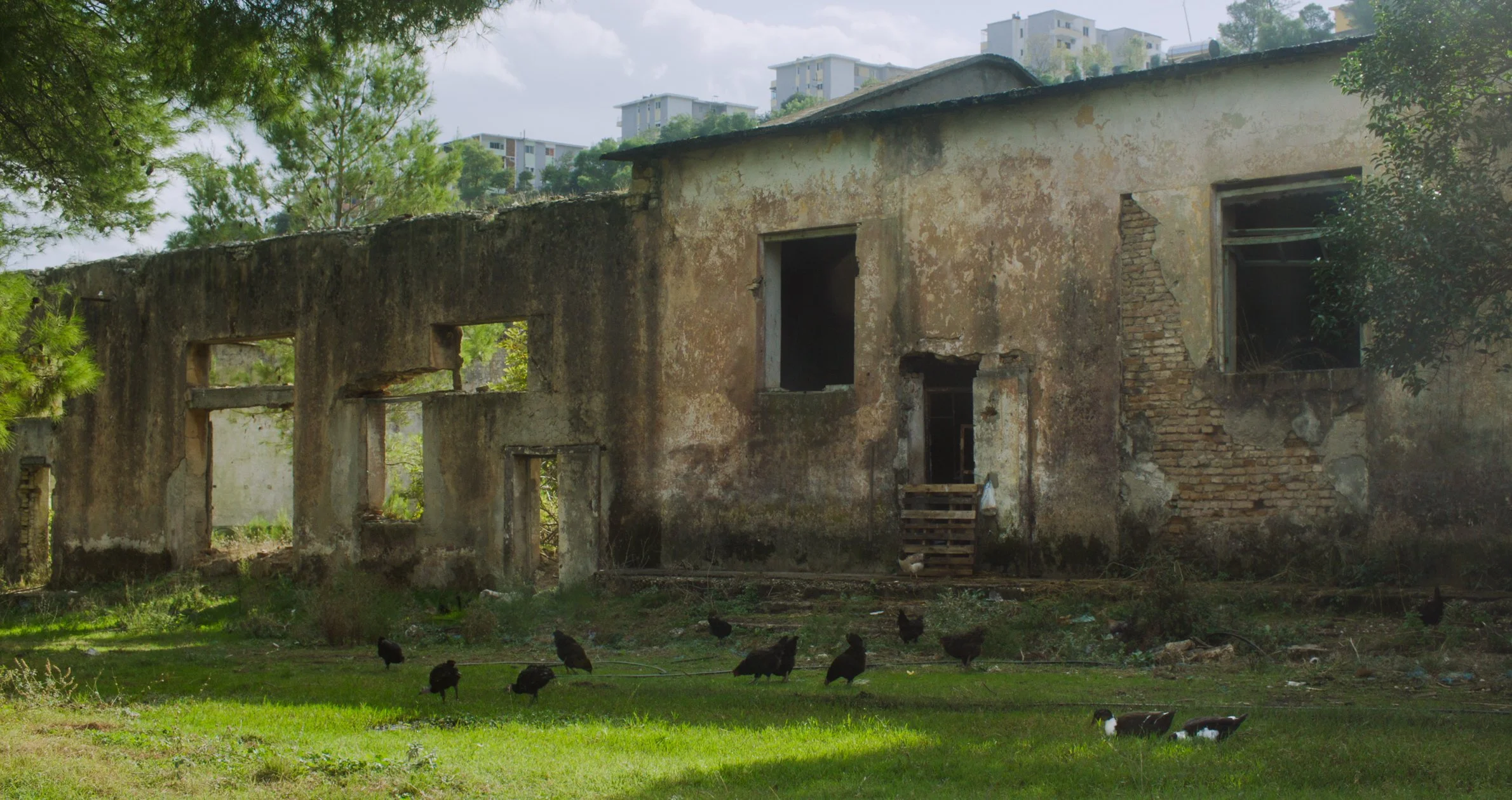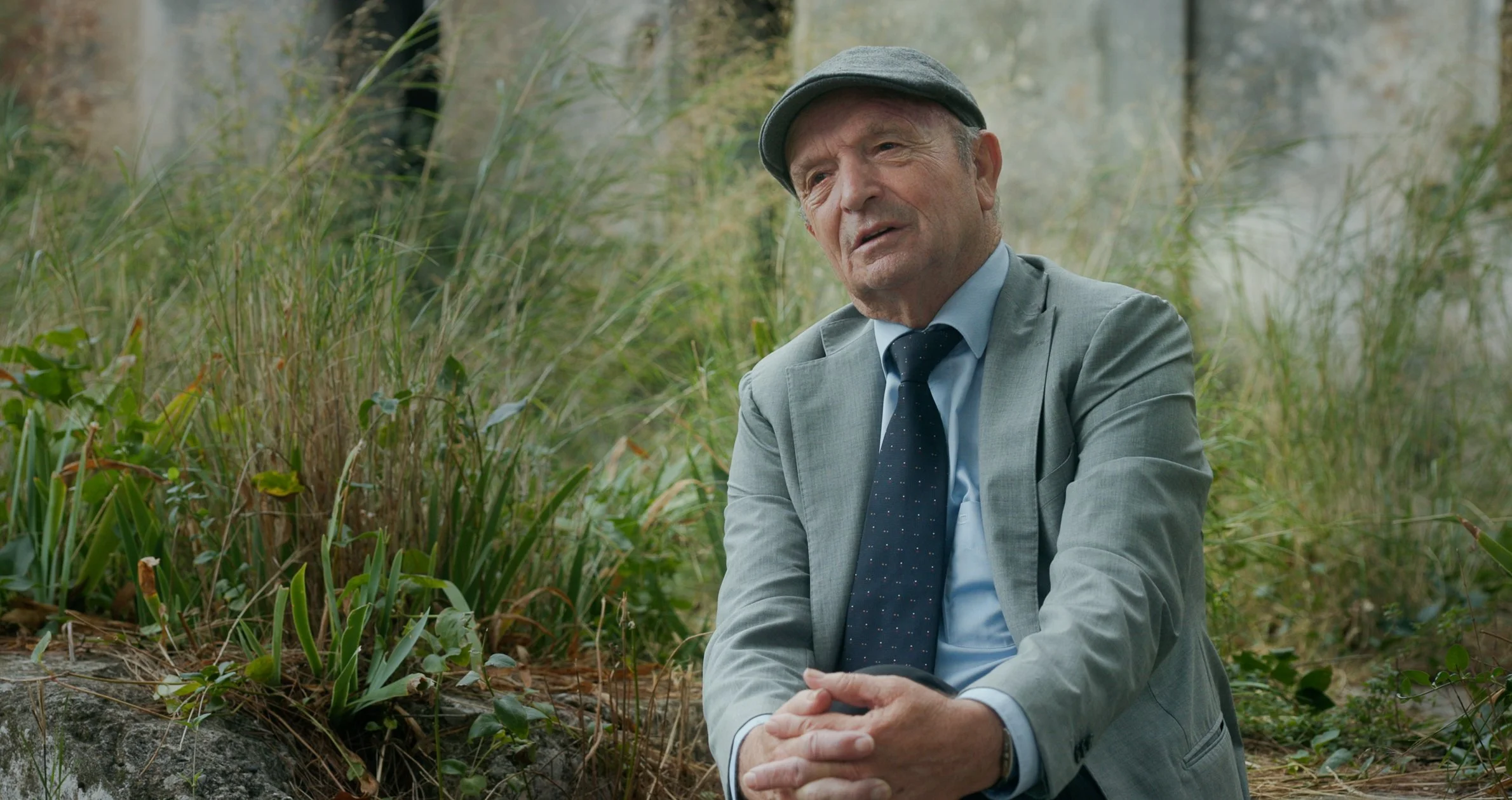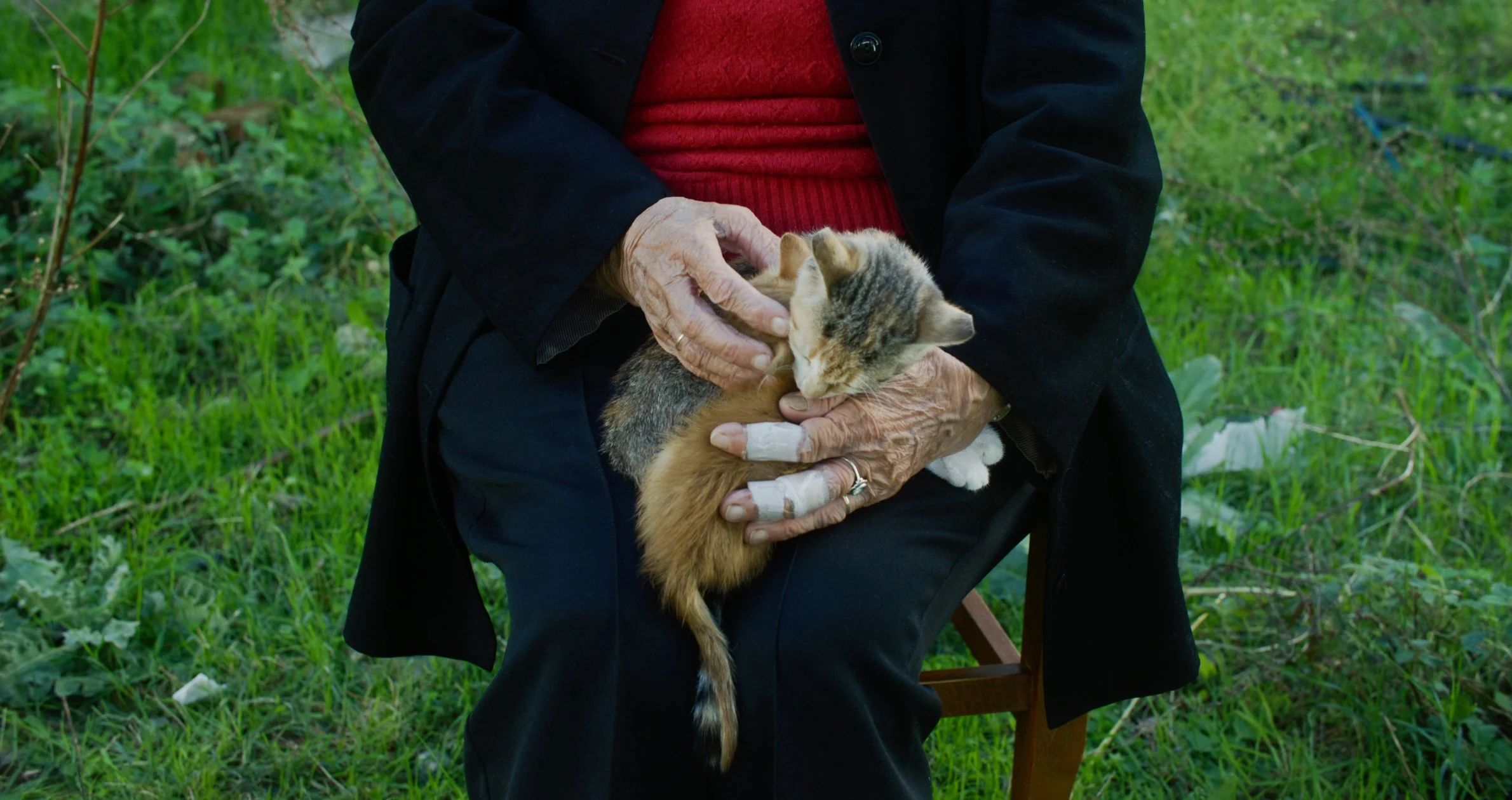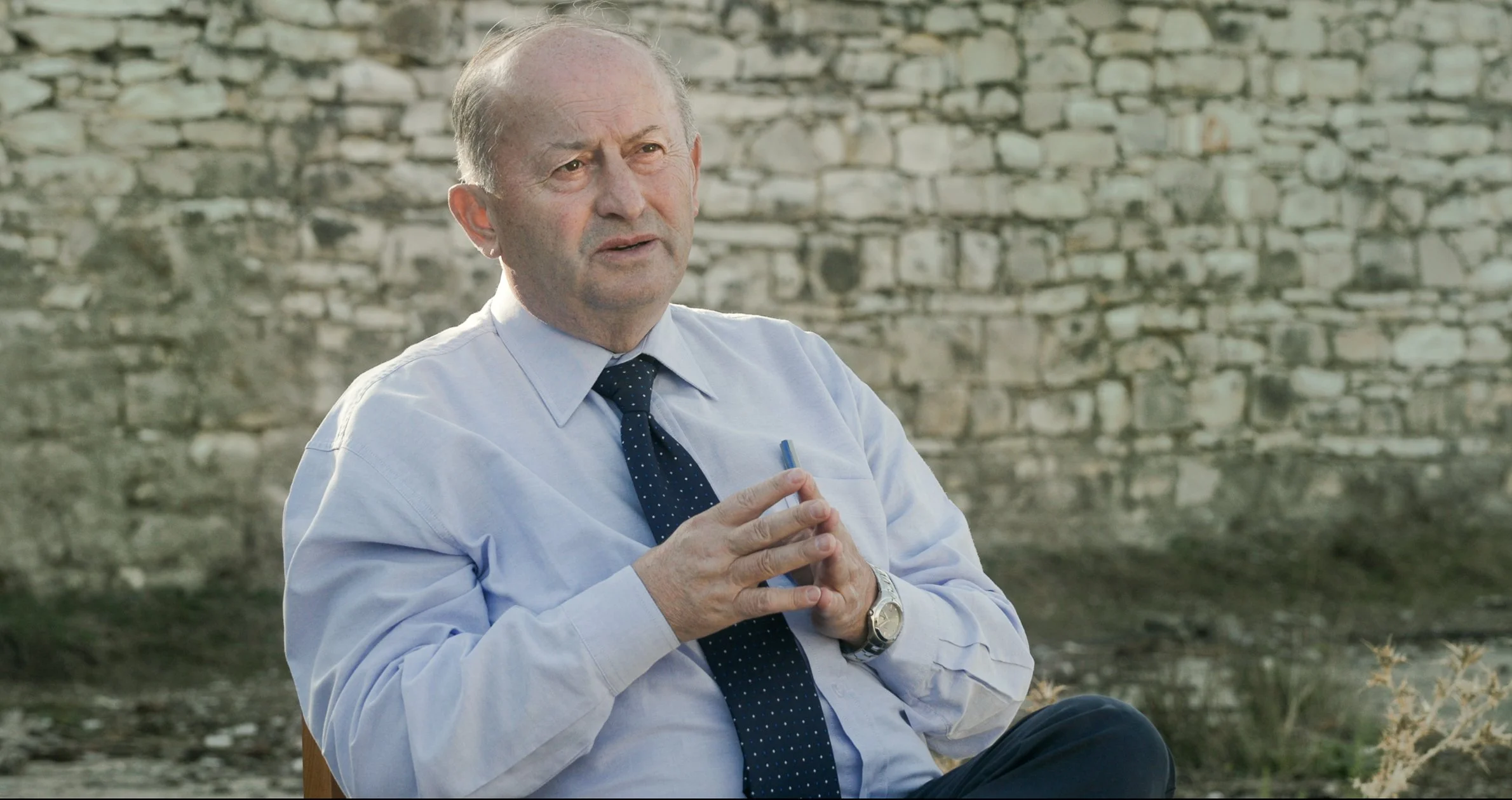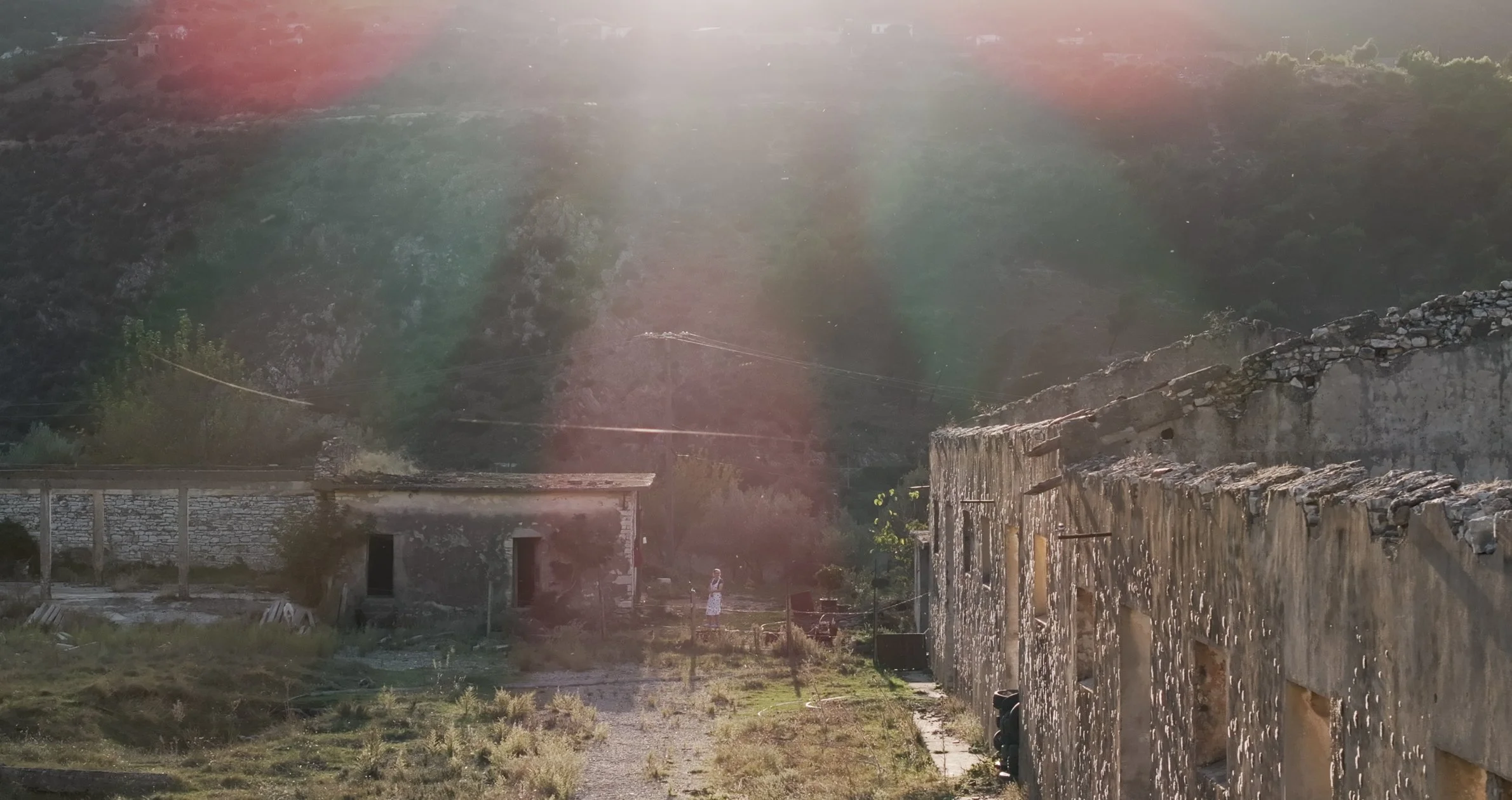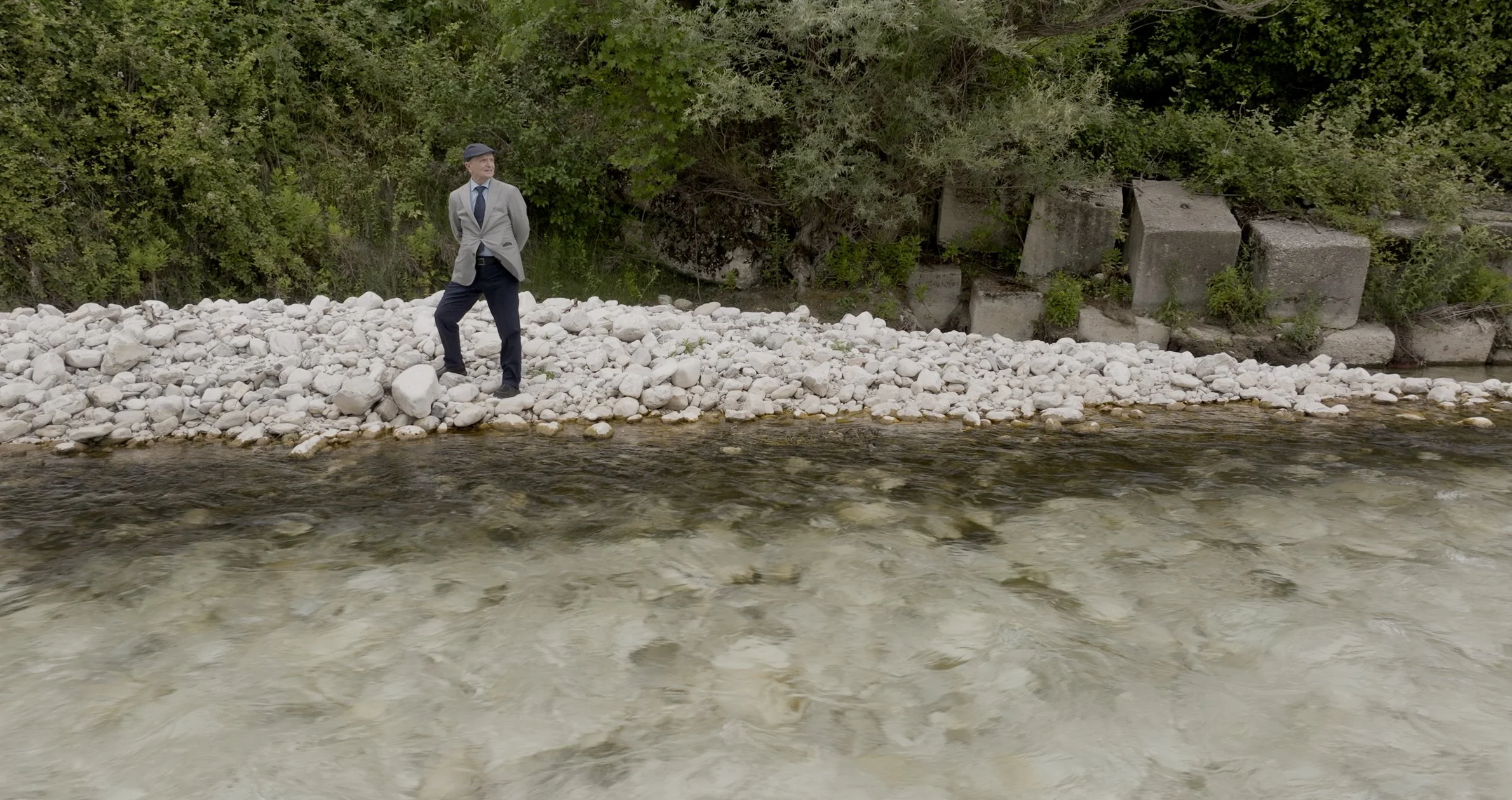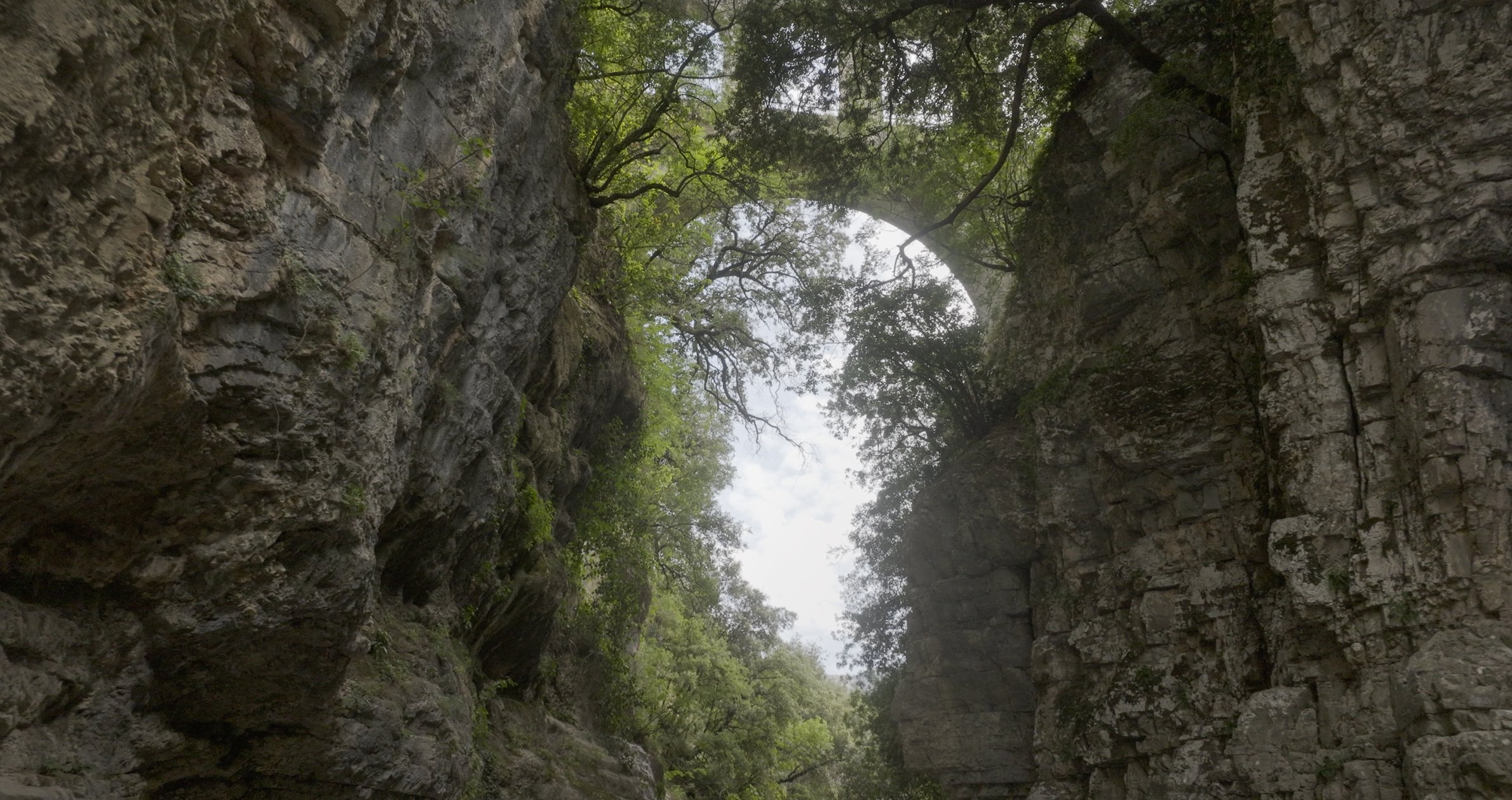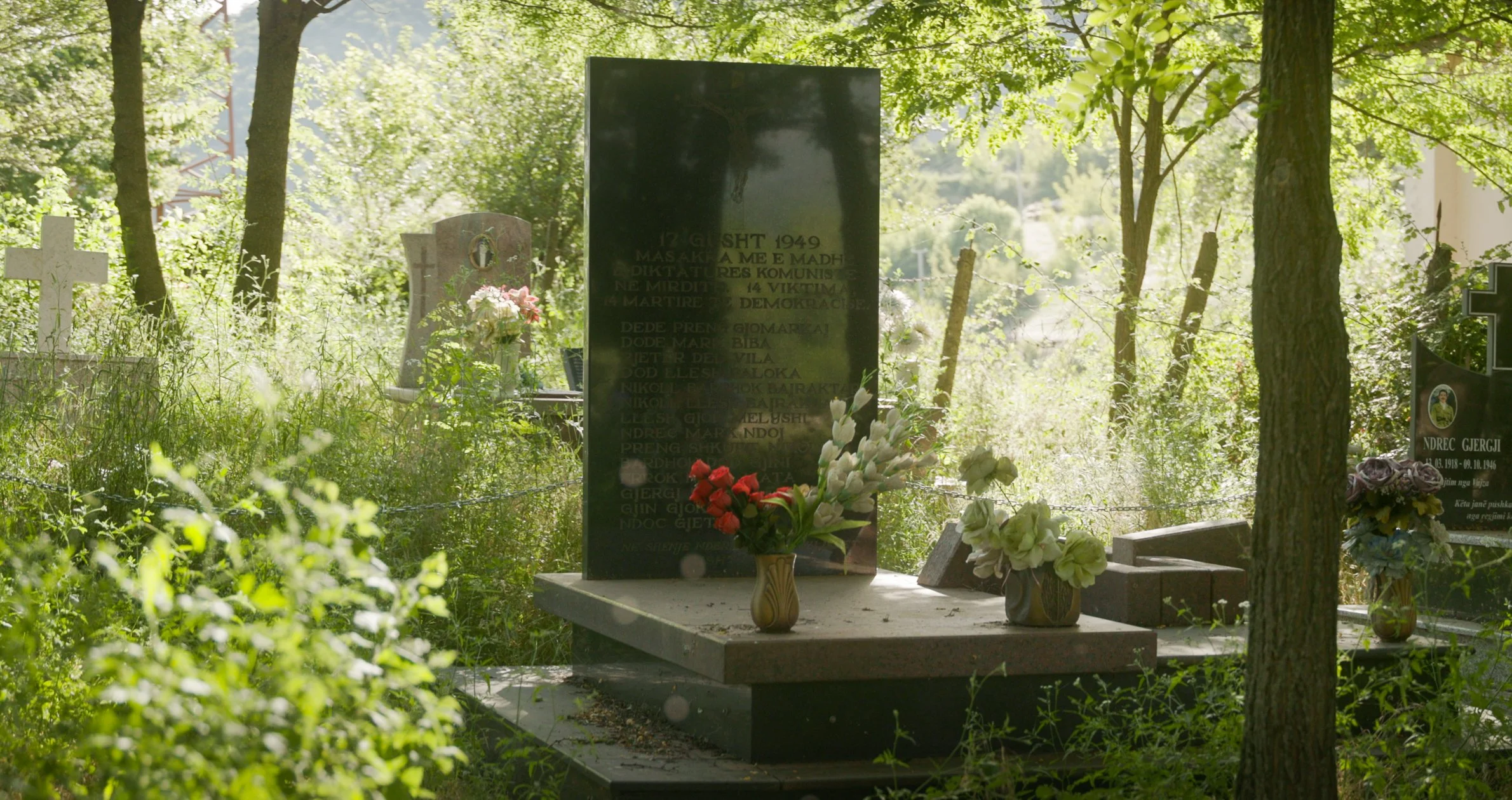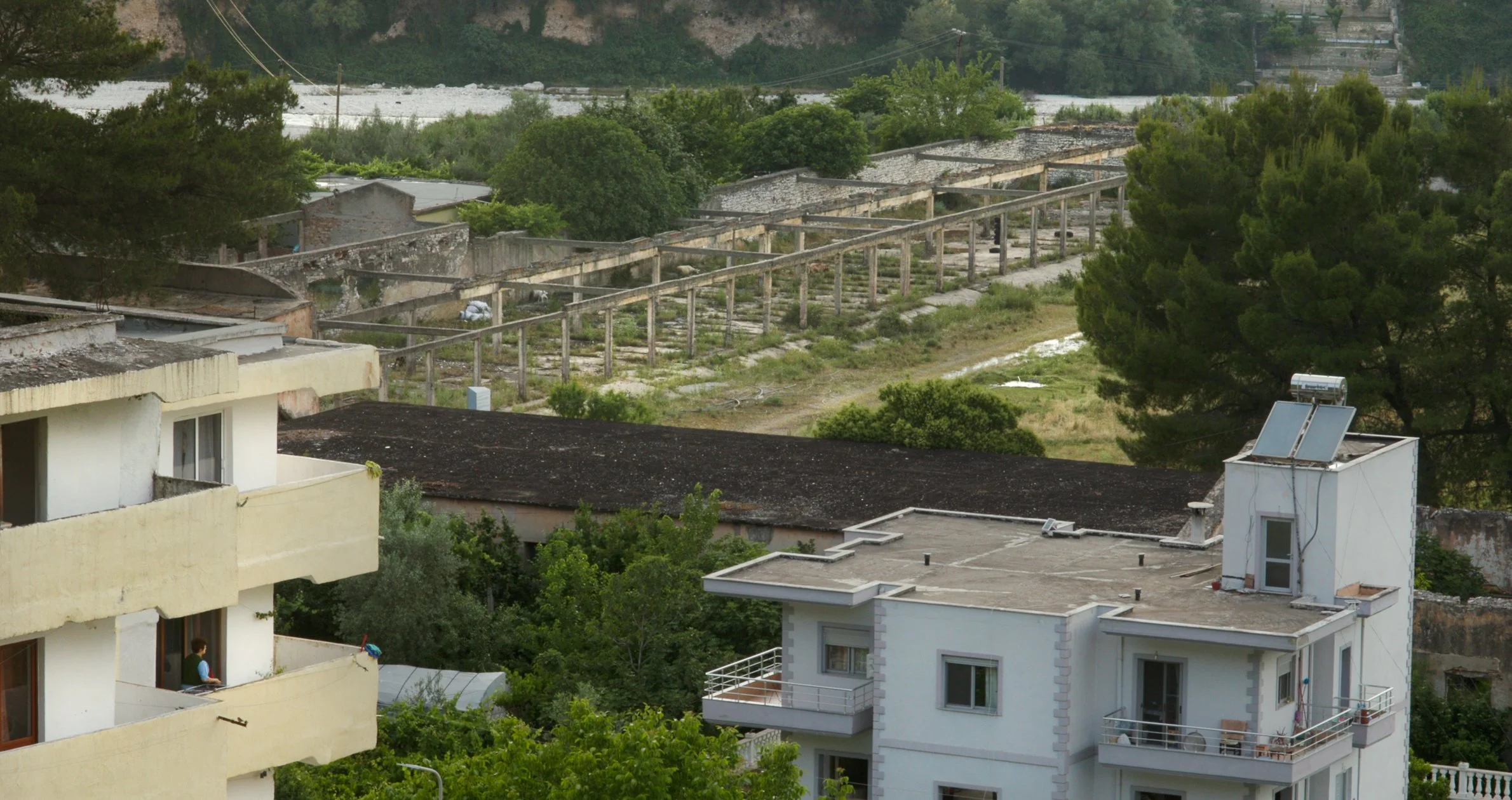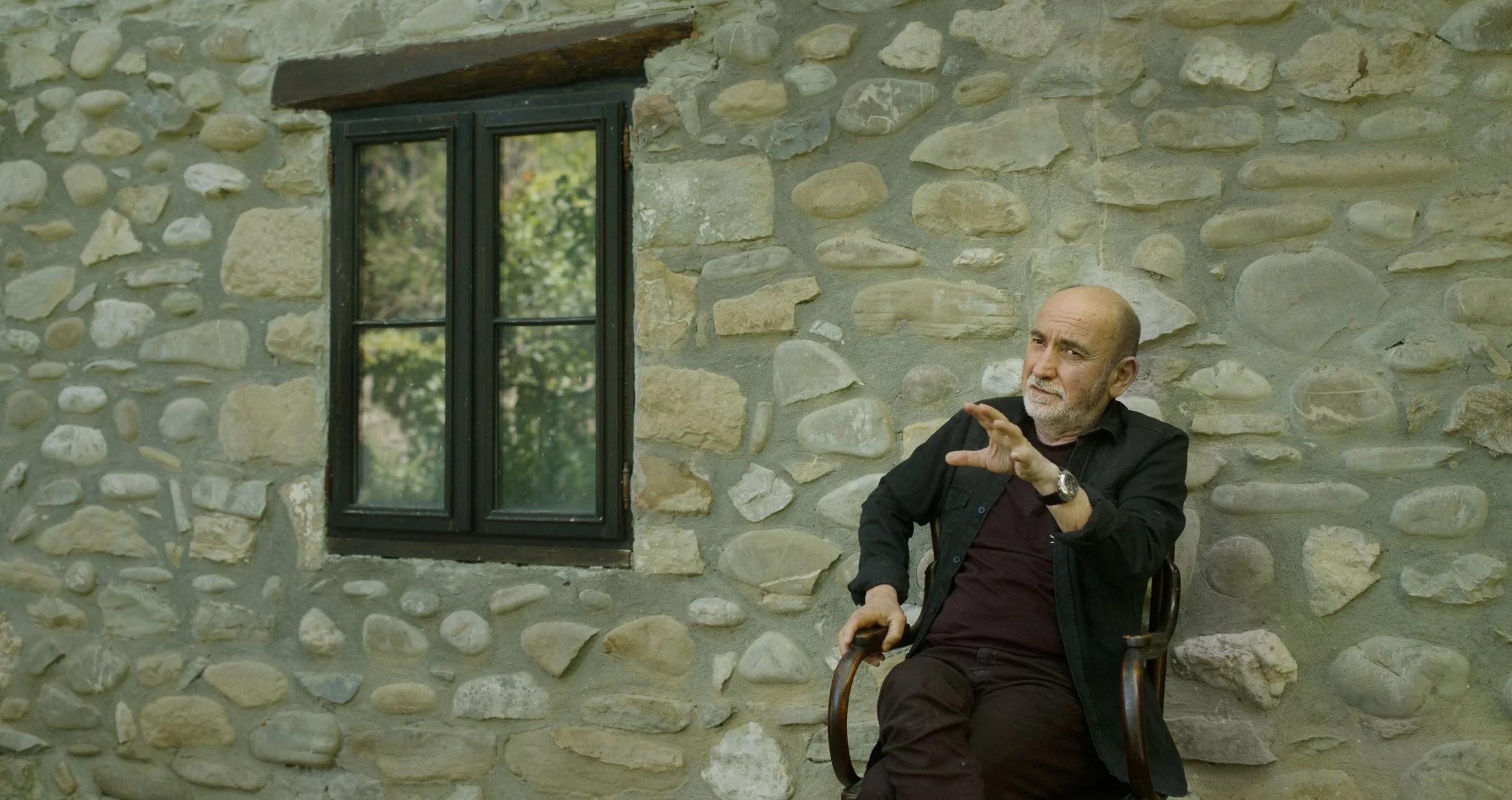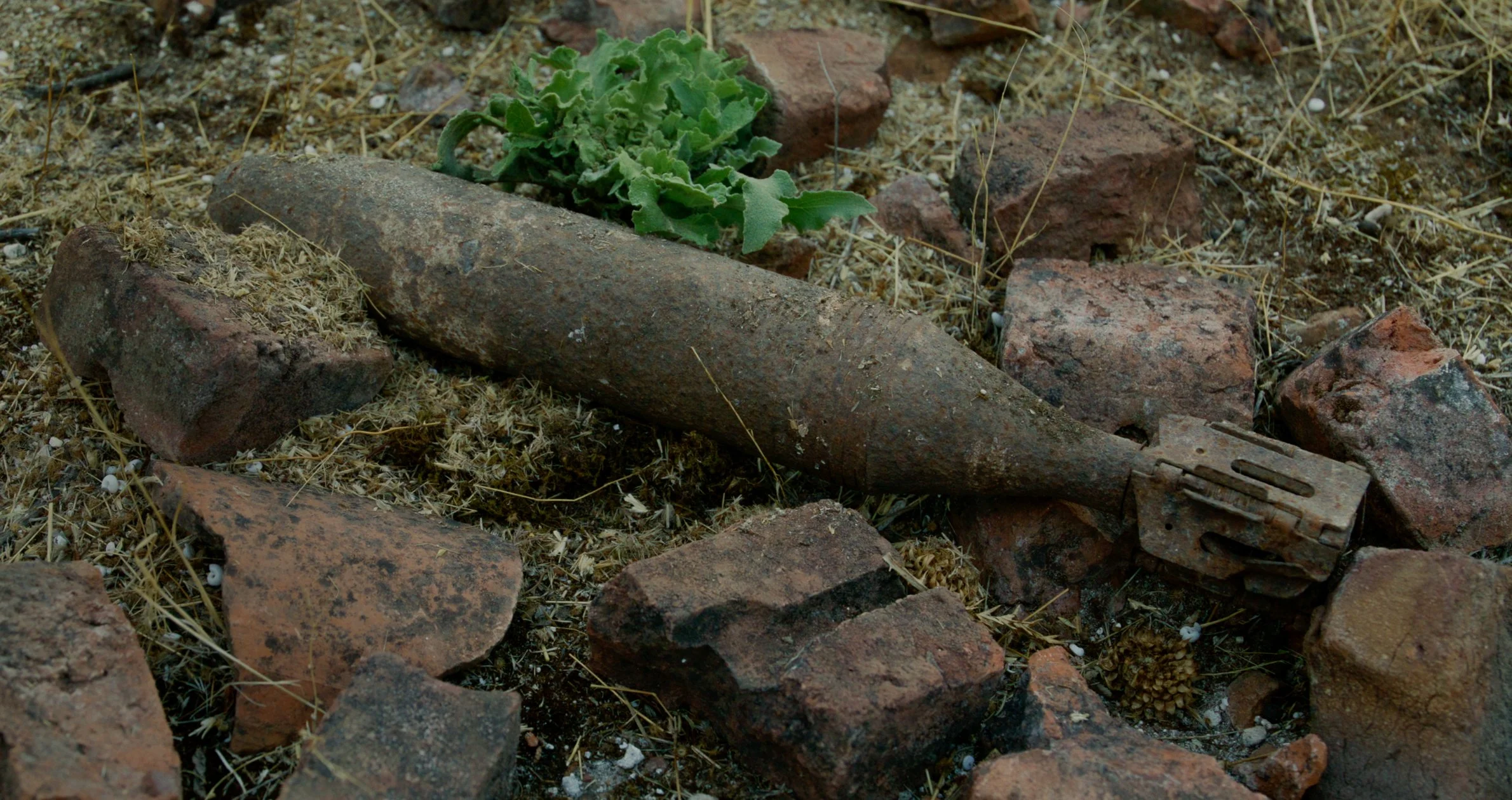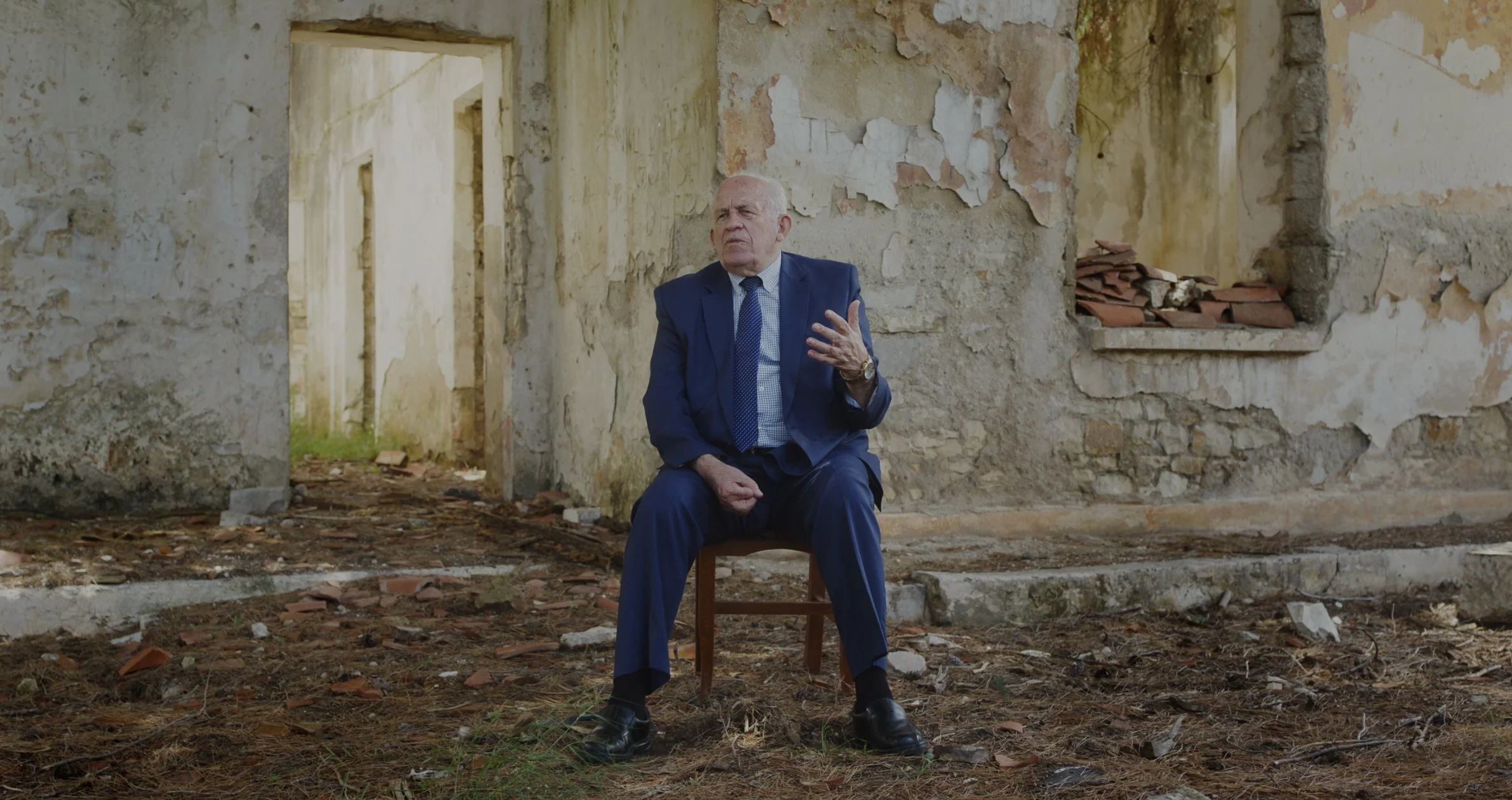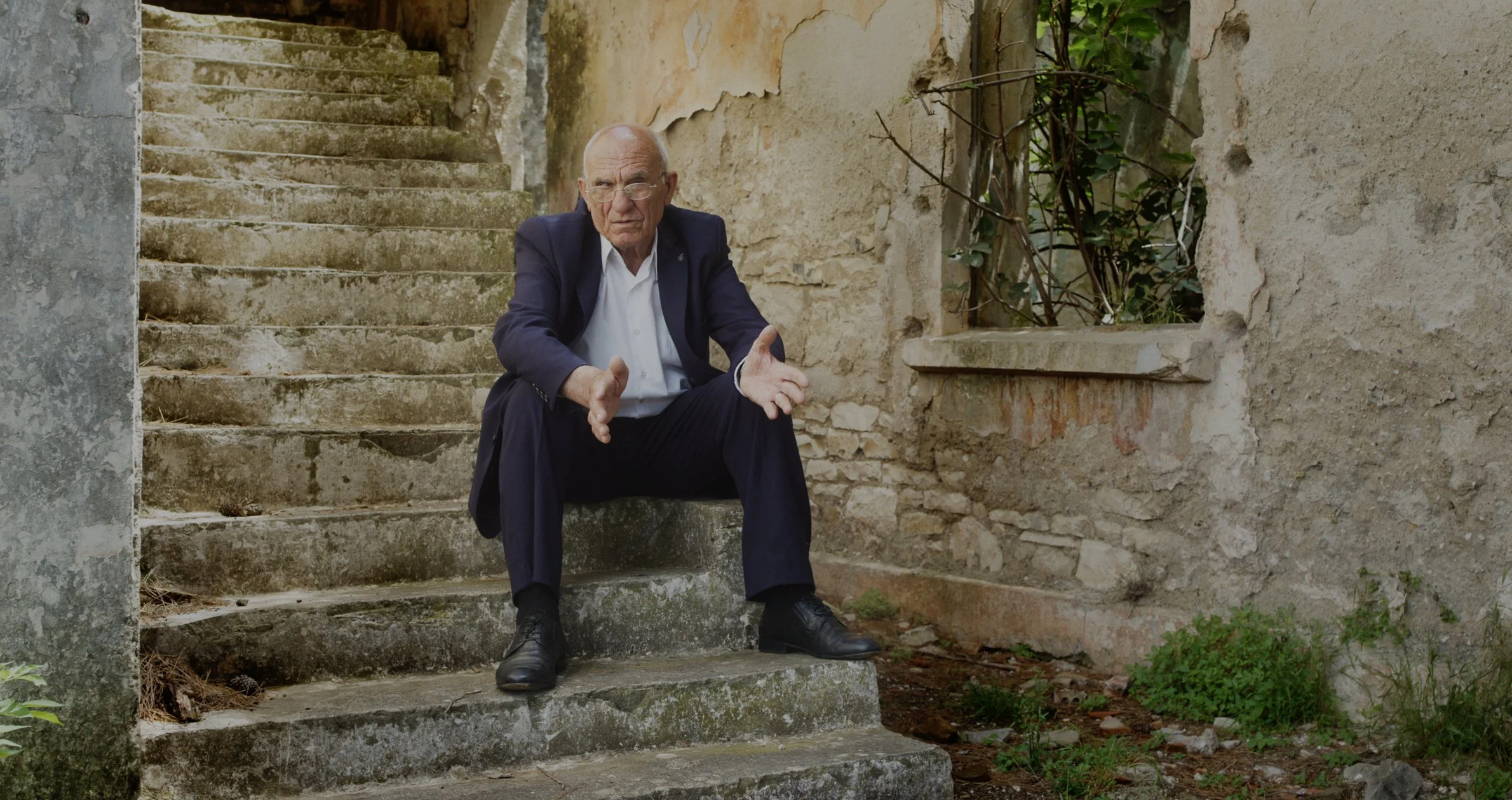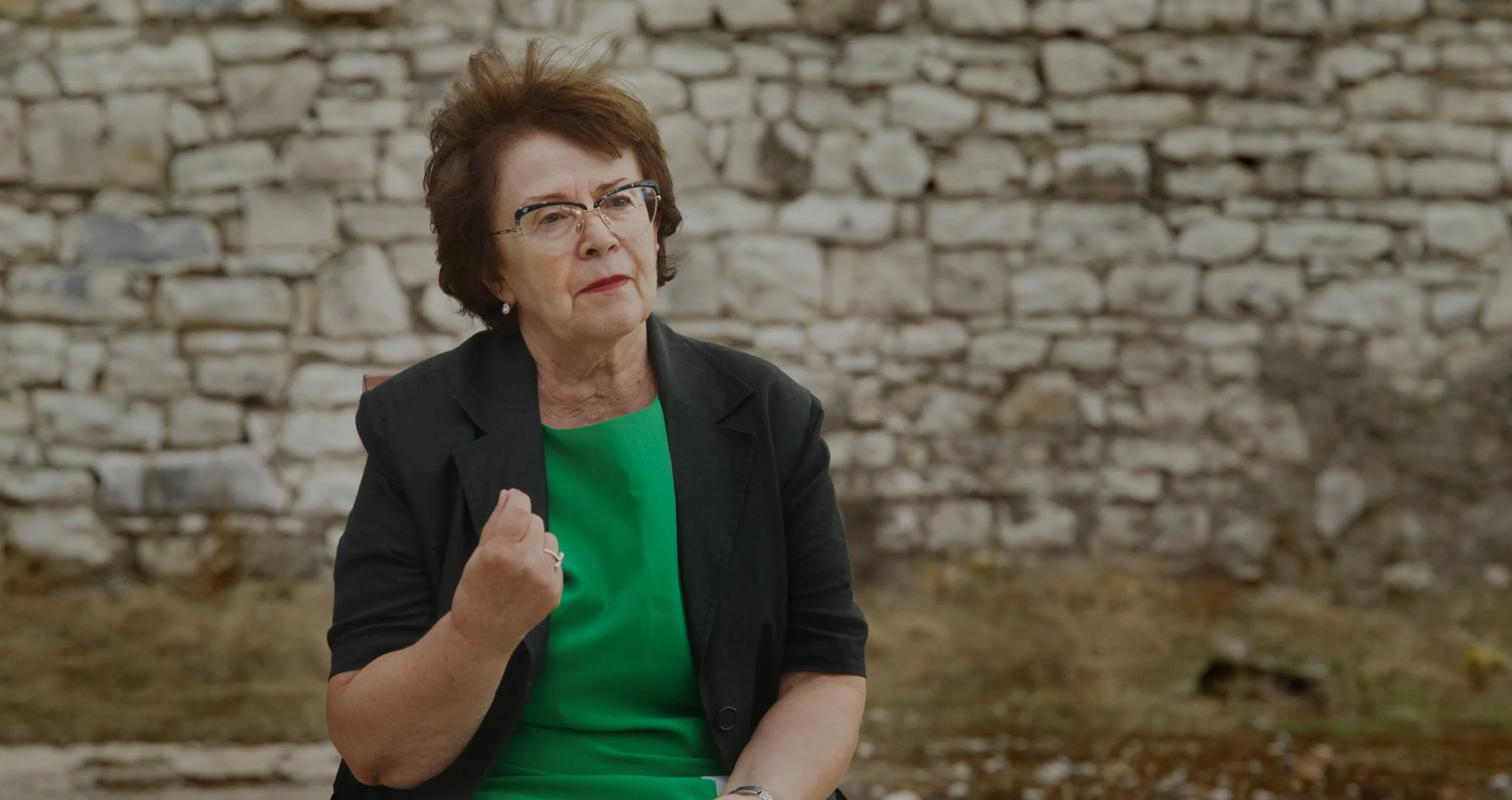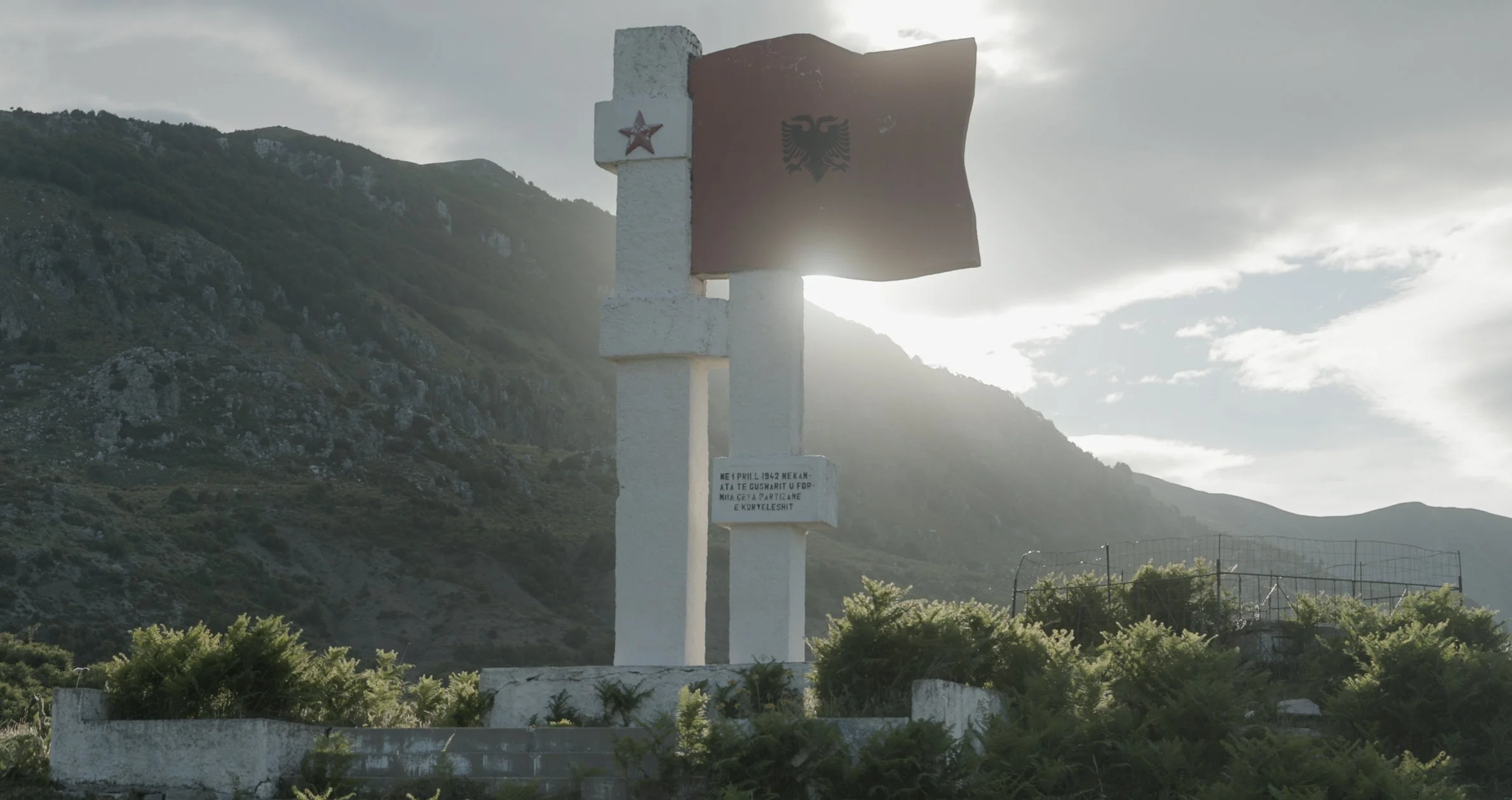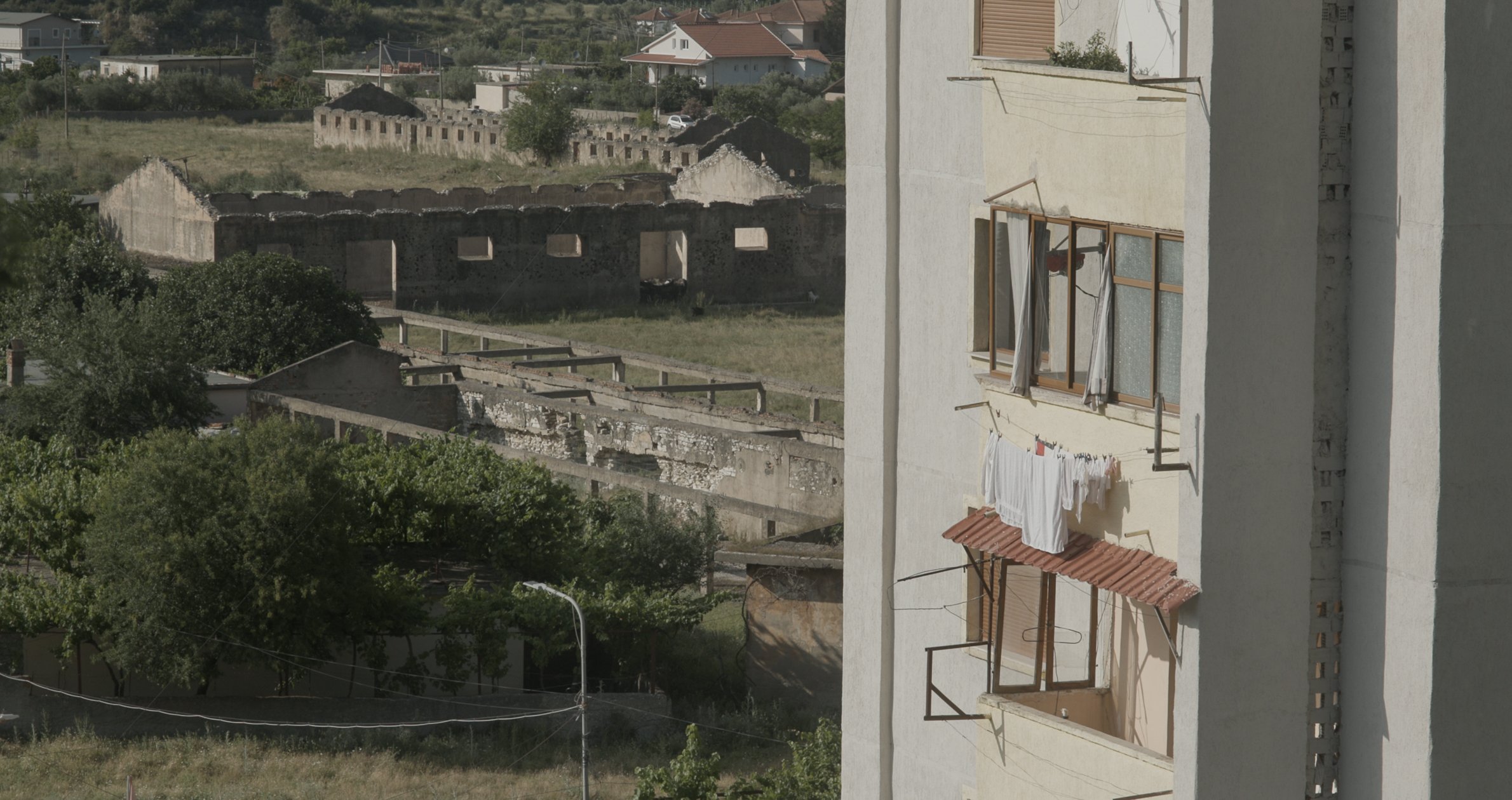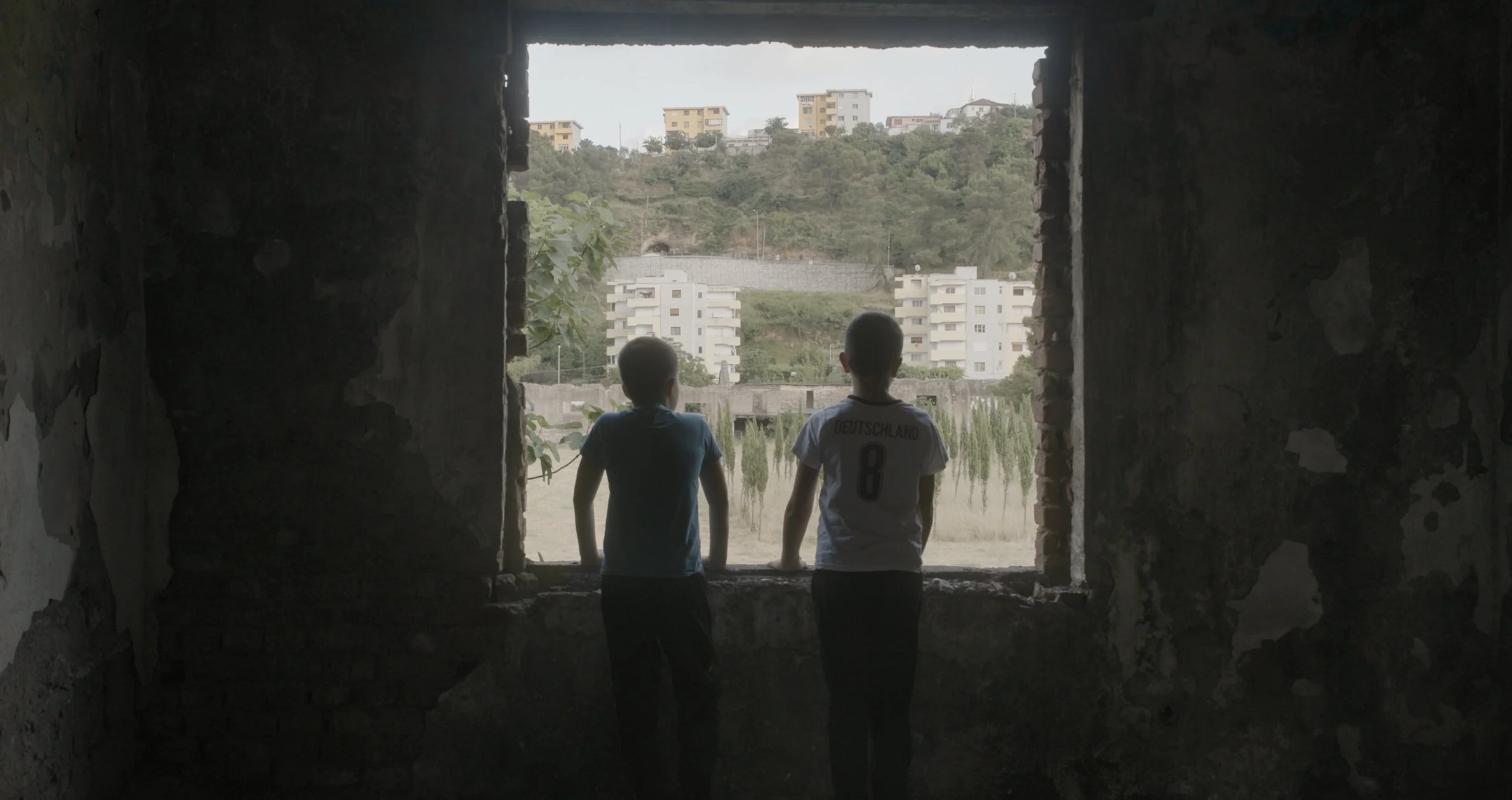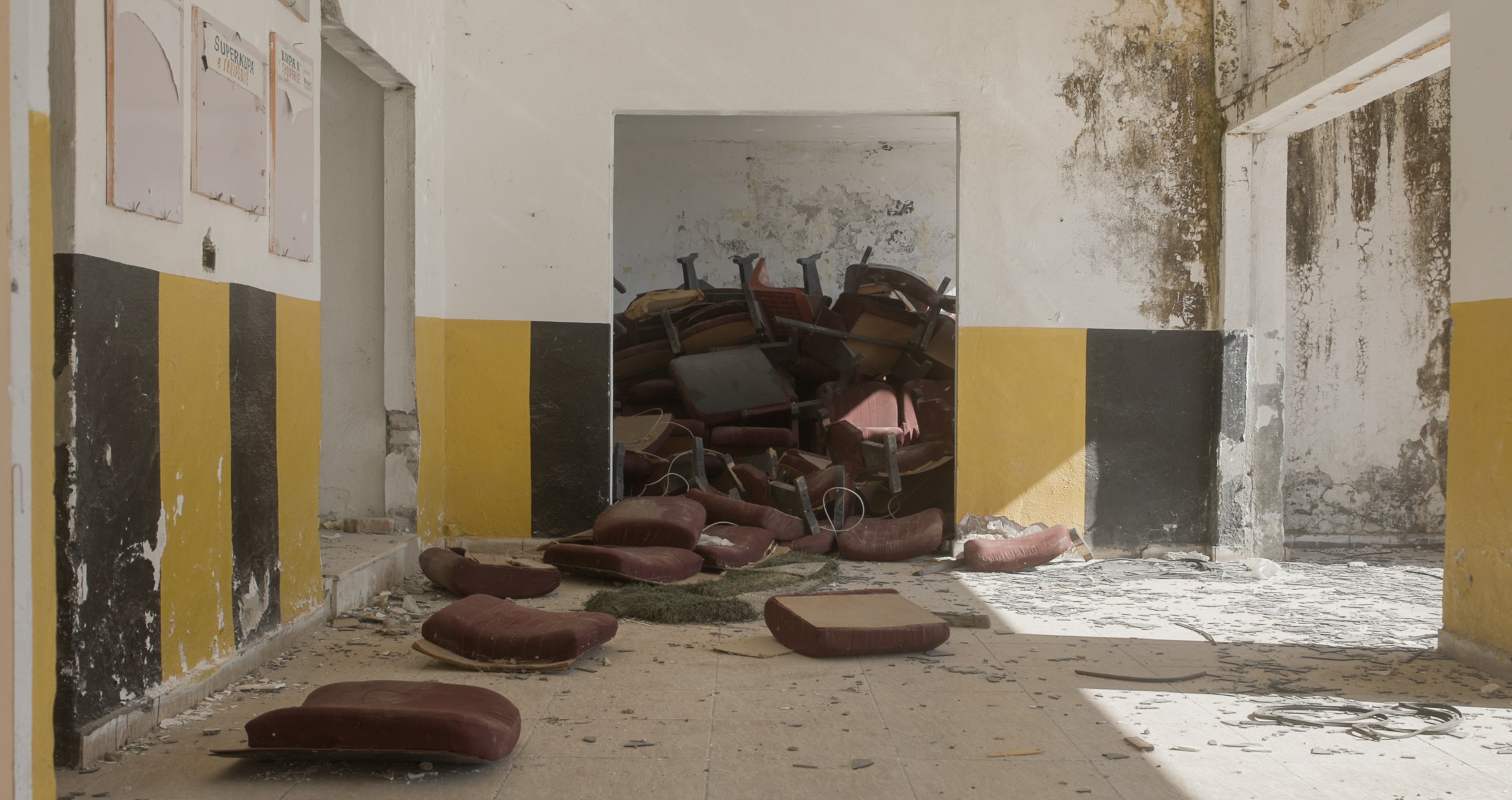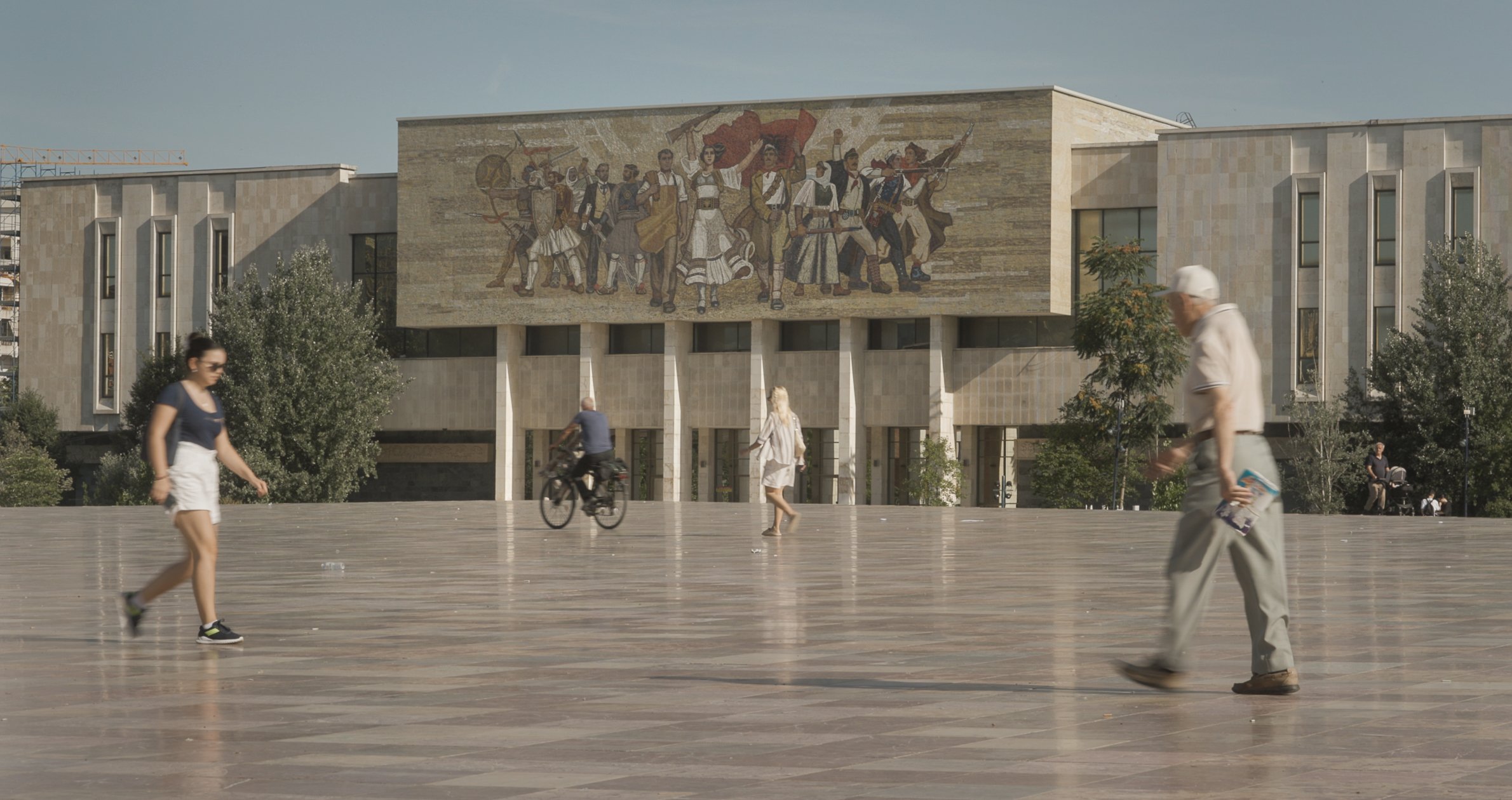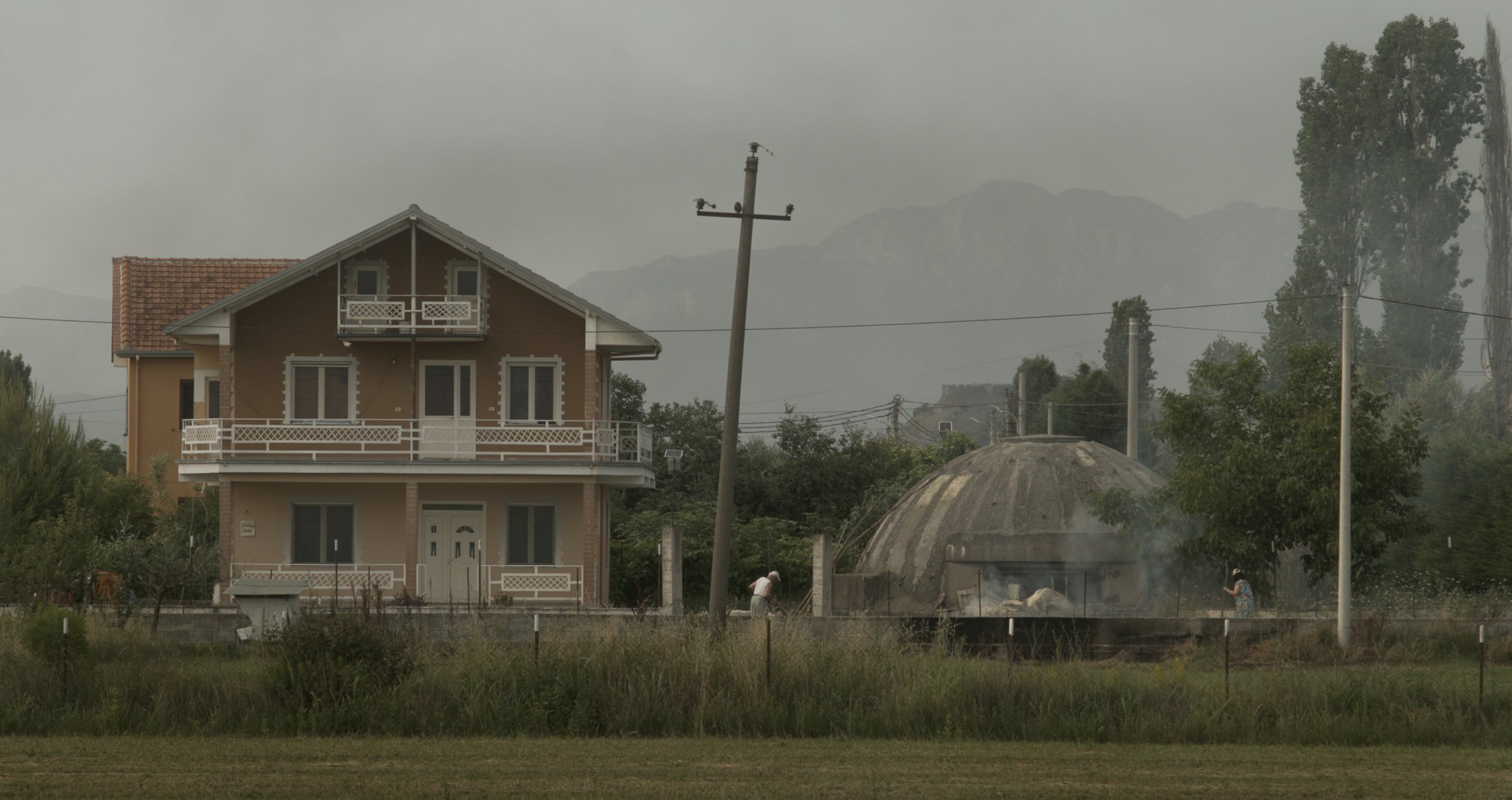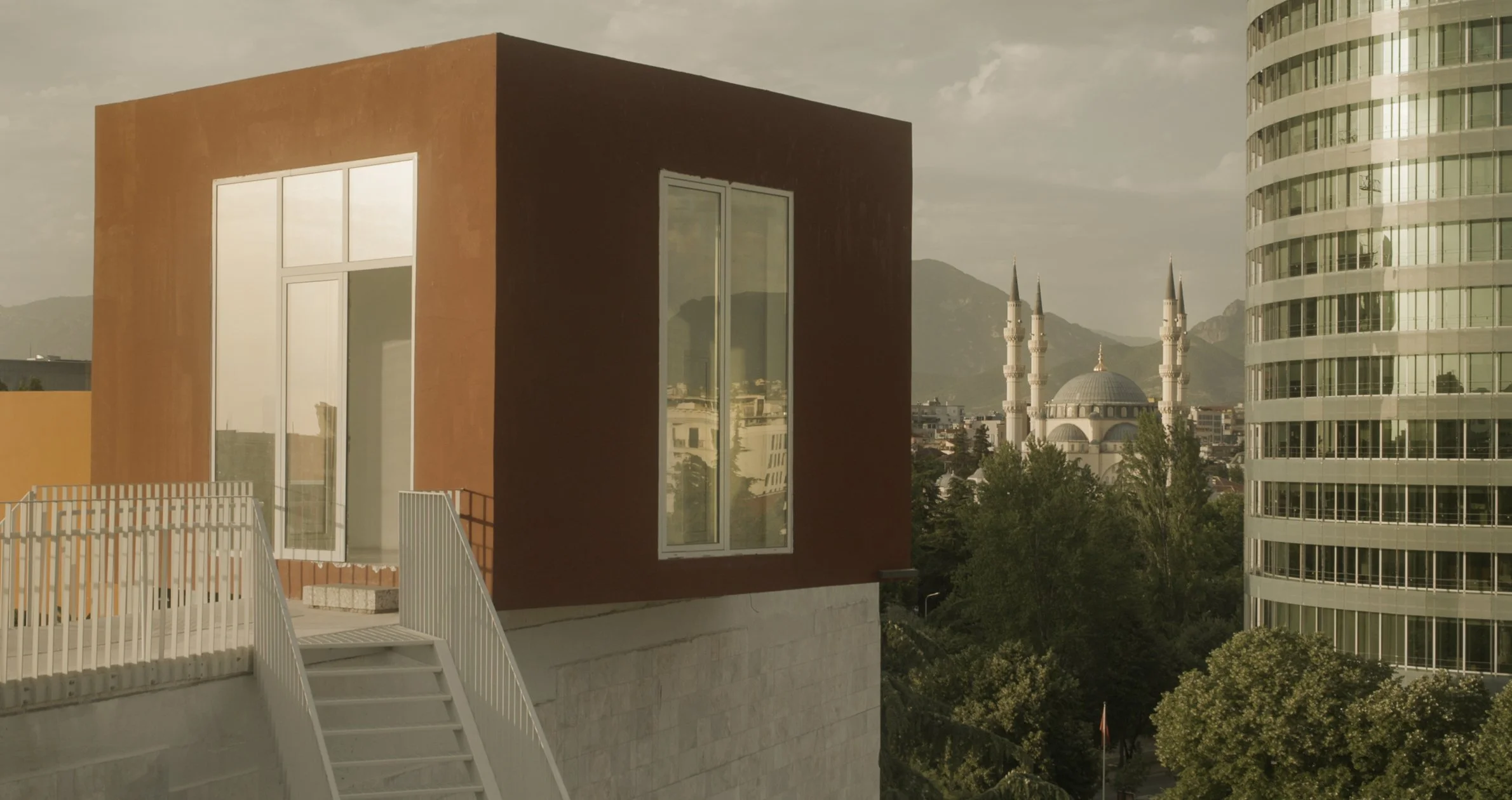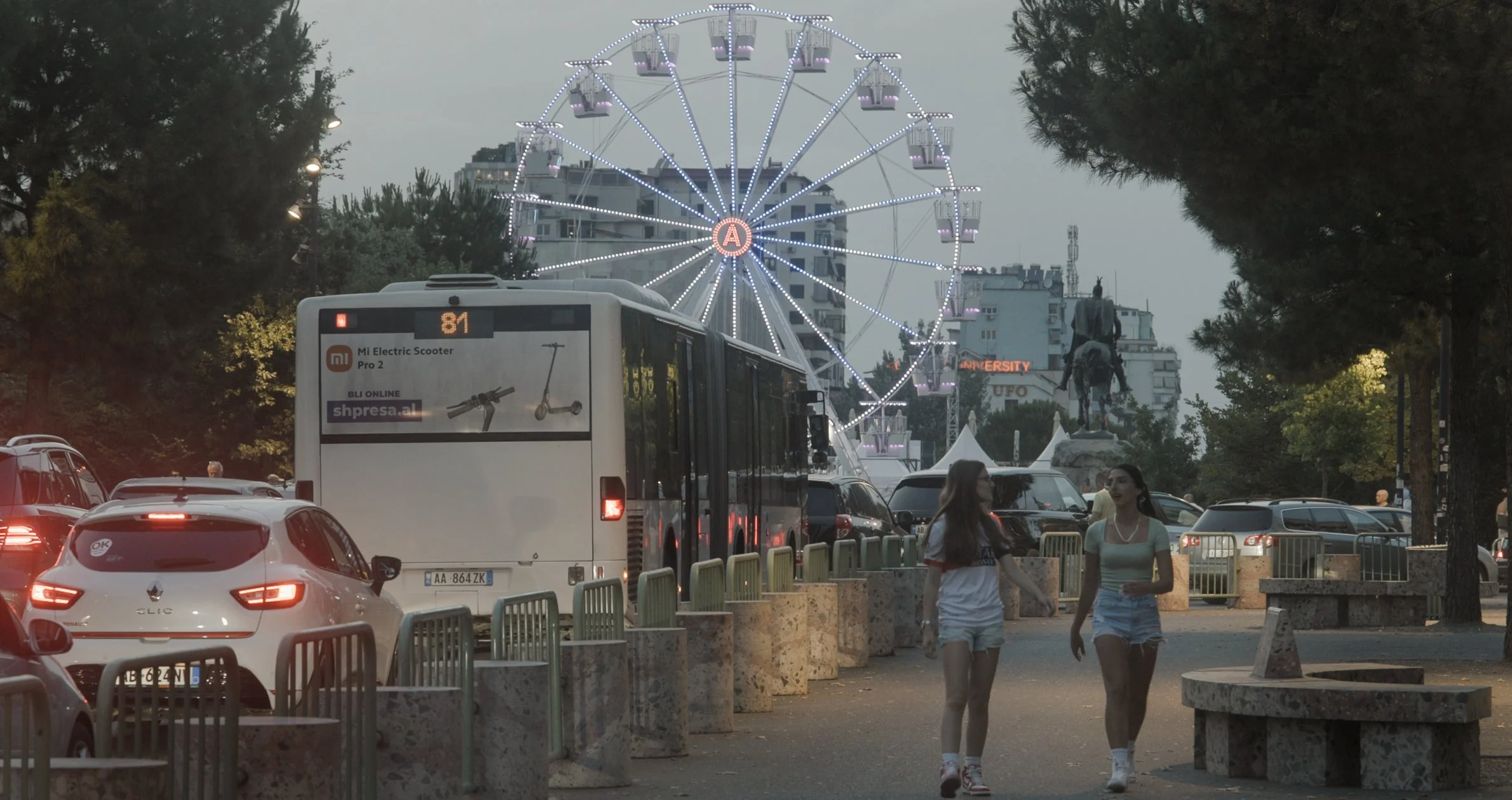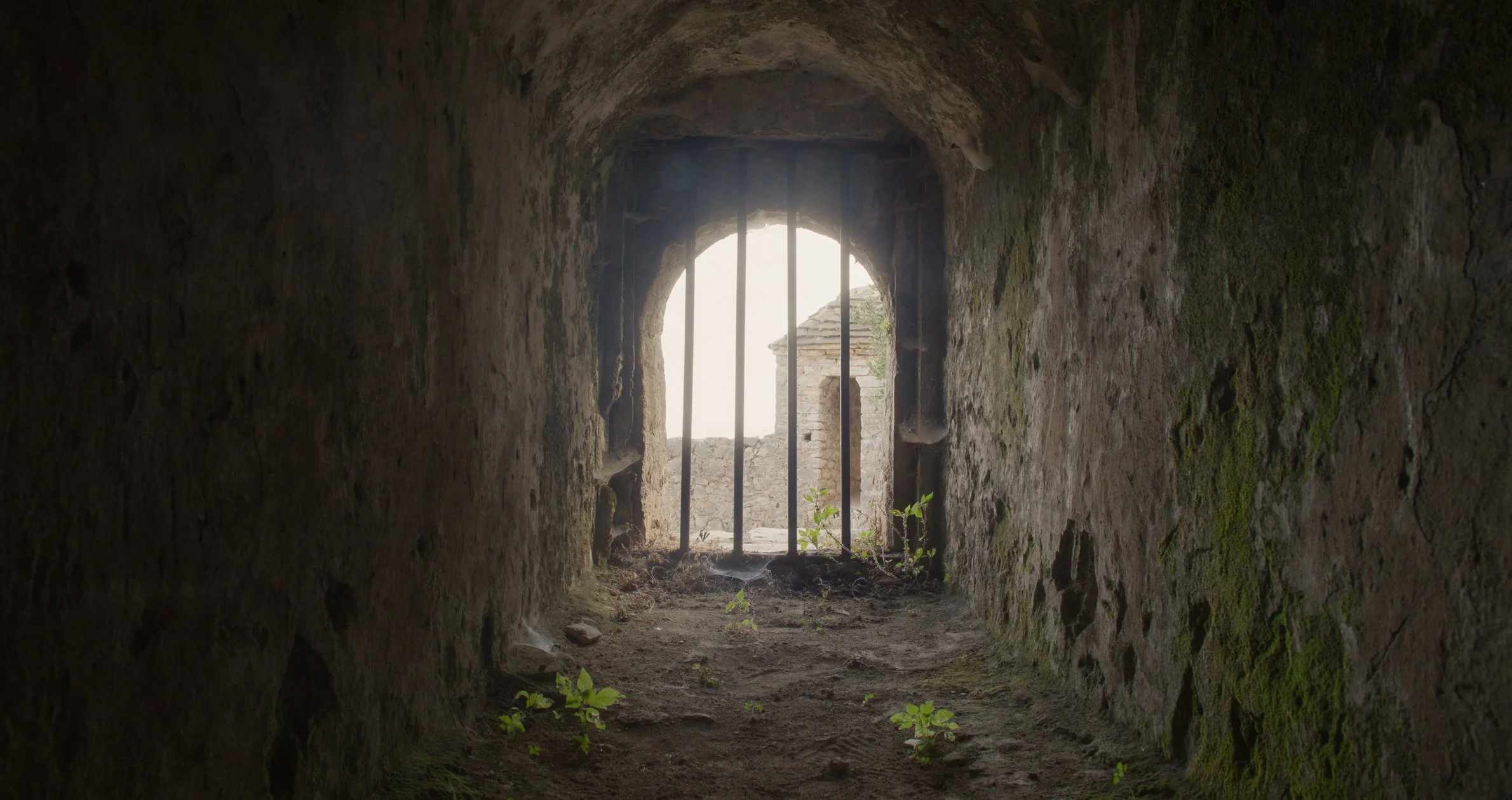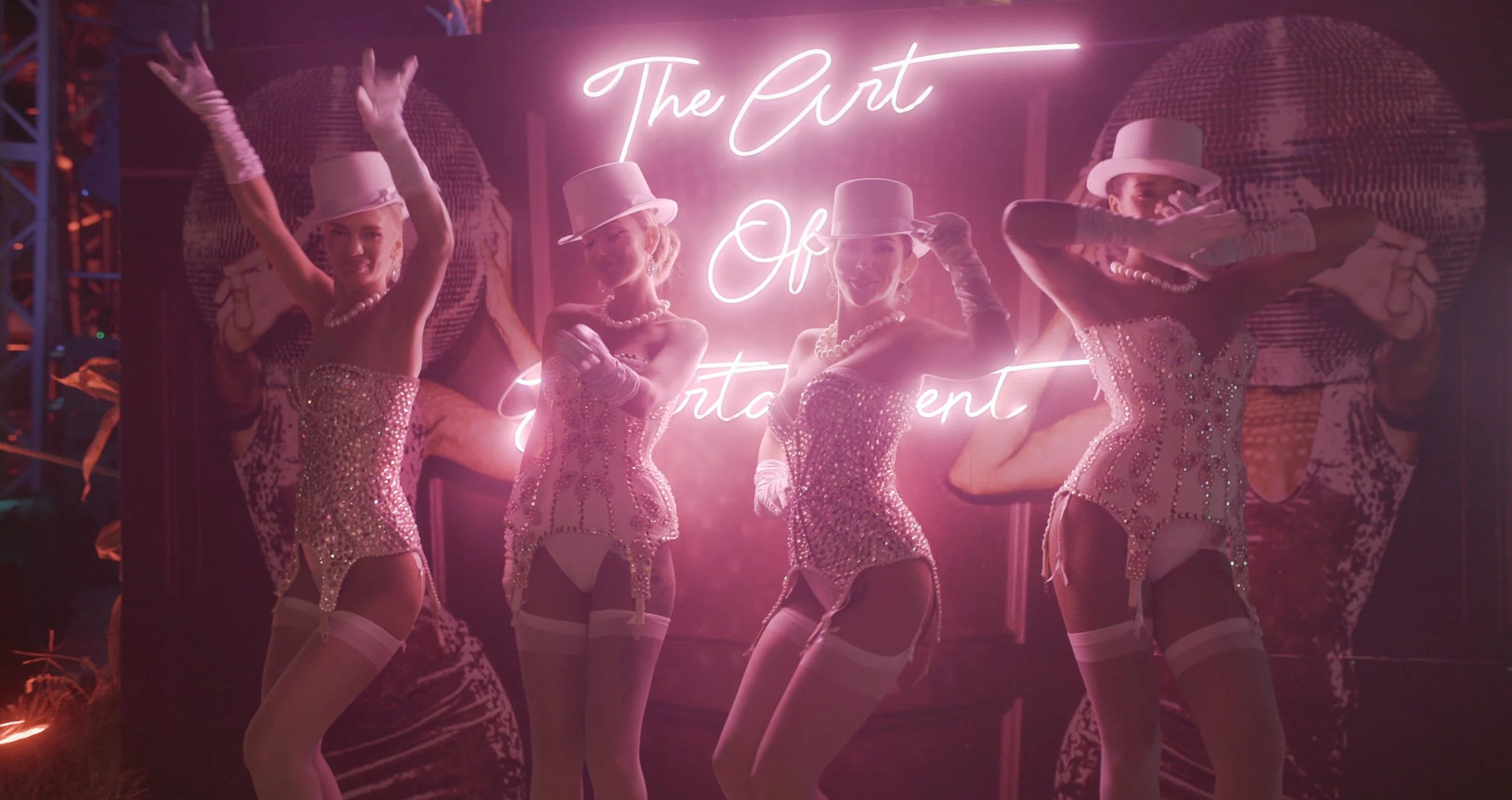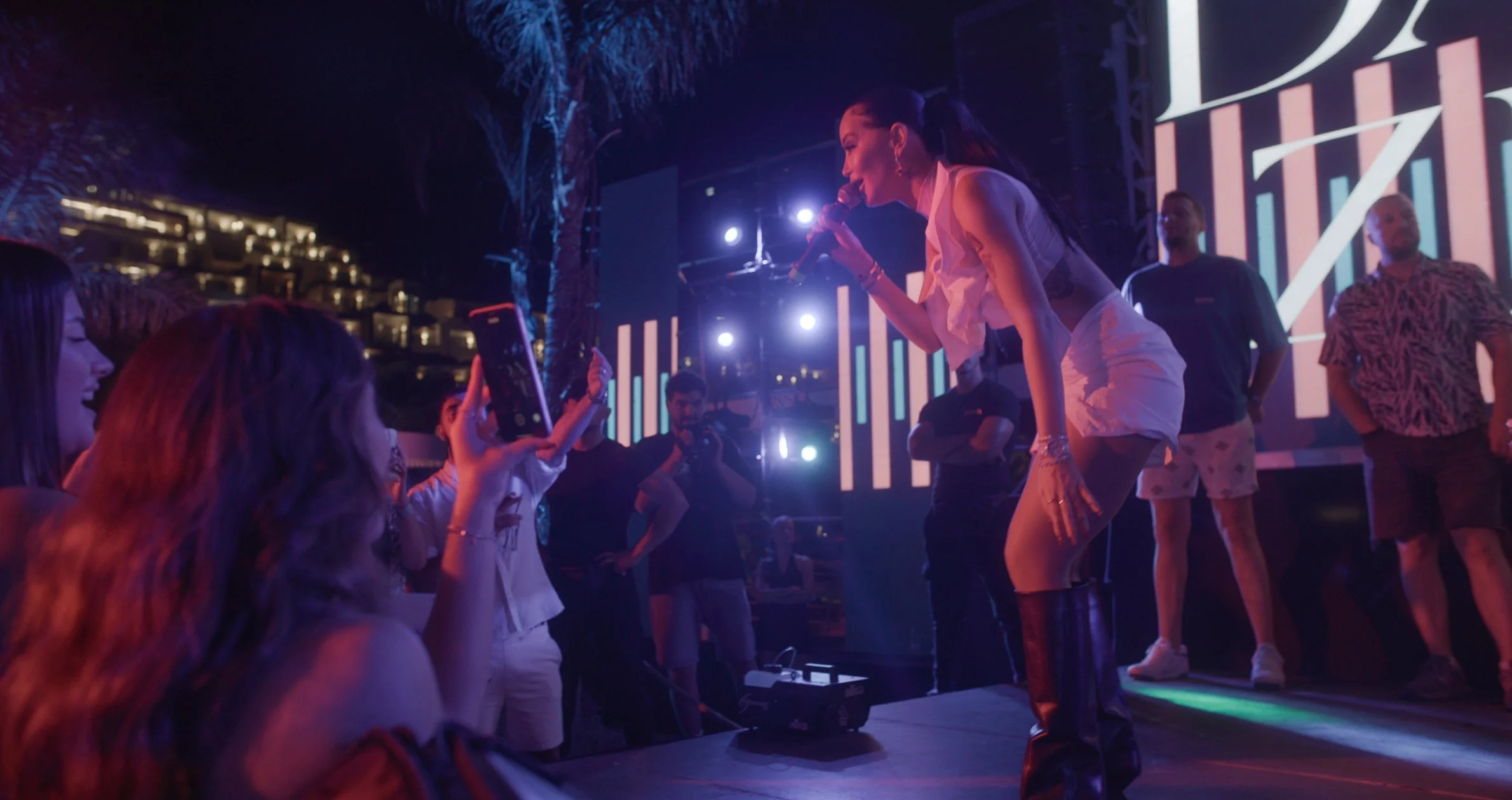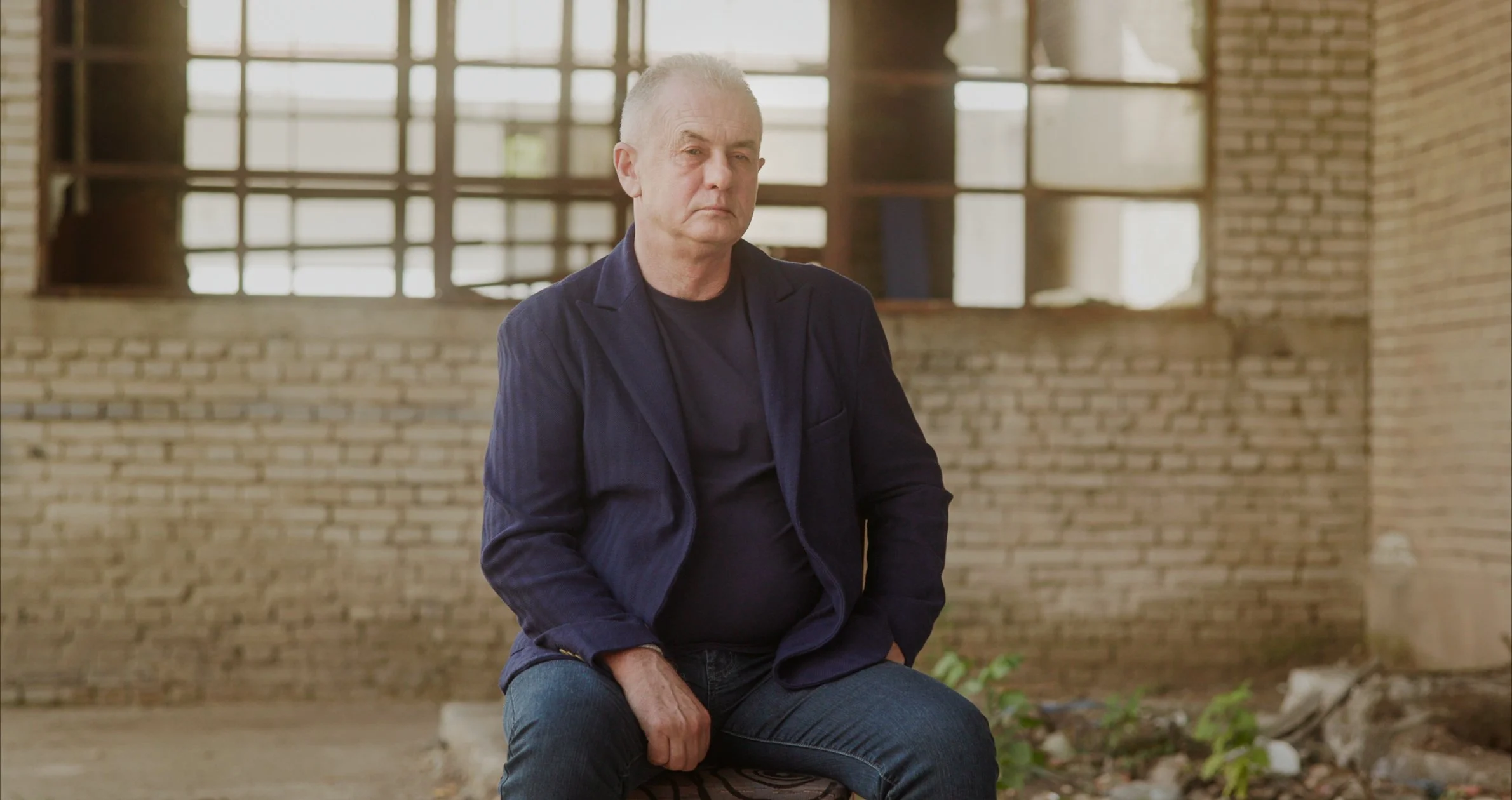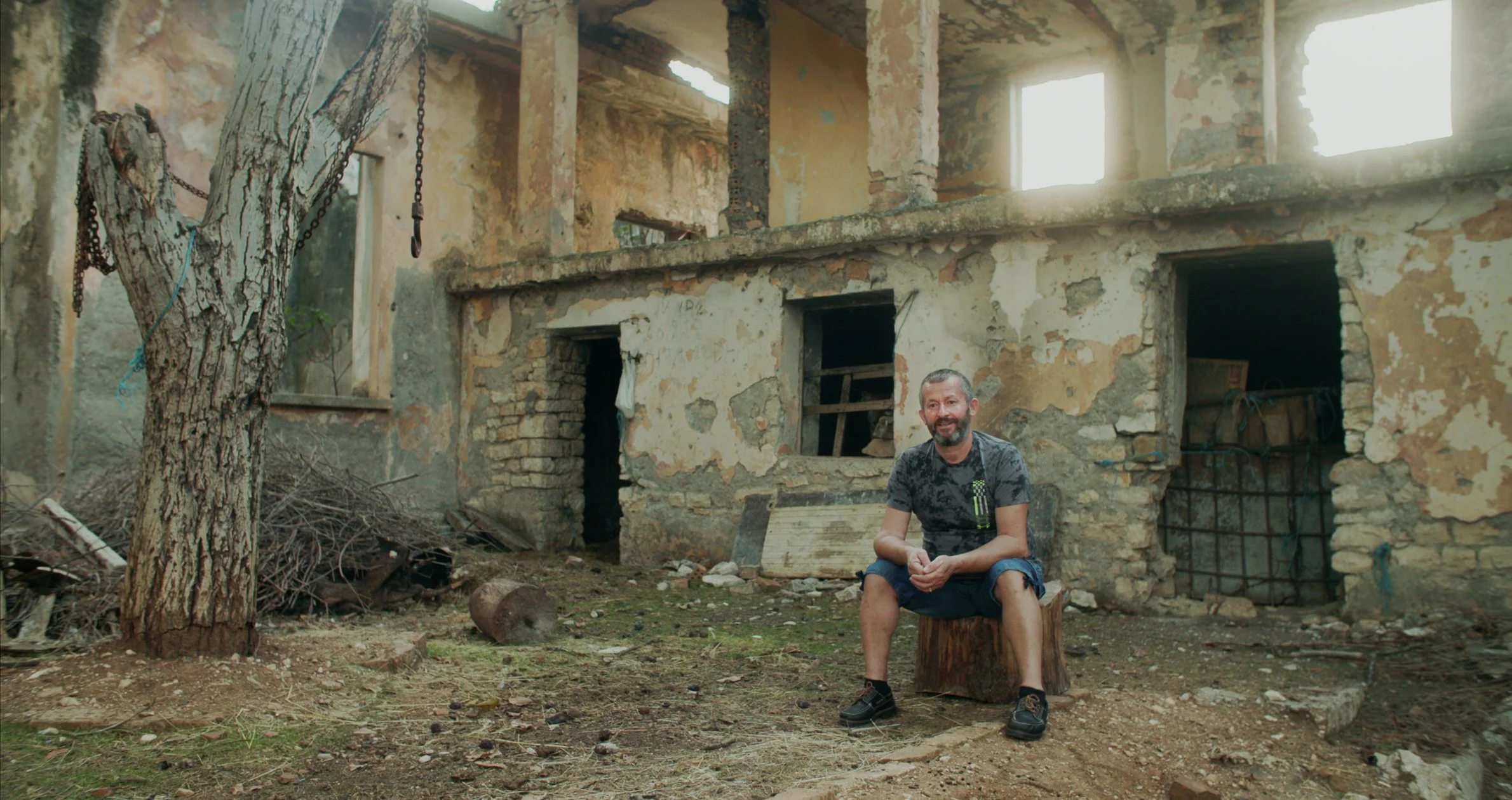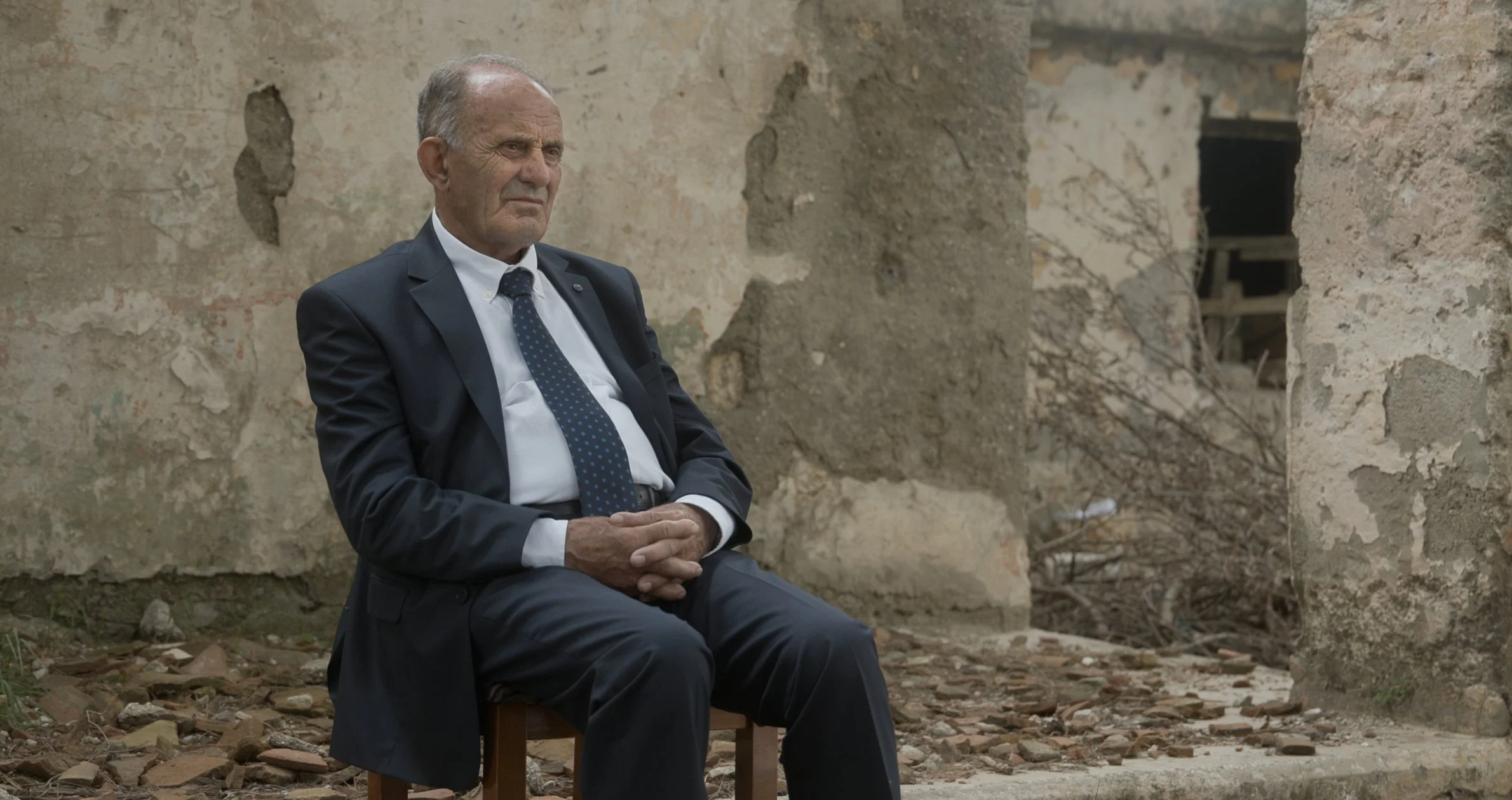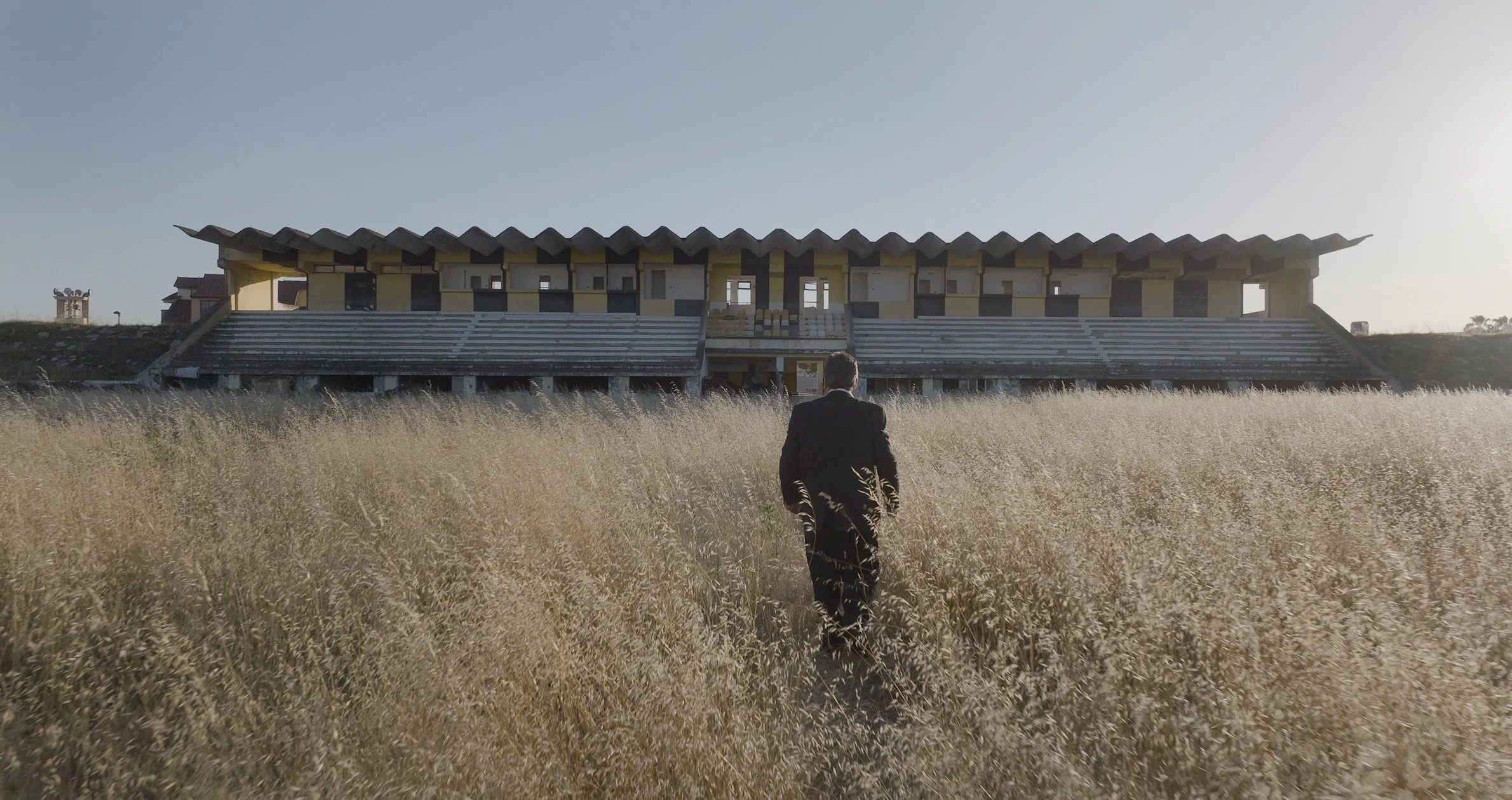The Silent Country moves at the pace of memory. It’s imagery is quiet, deliberate, and imersive. Long takes that alow the land to breathe before voices enter. Wind through the grass, the hum of insects, whispers rising from the ruins: sound is not a background but emotional architecture. The camera observes rather than intrudes, tracing light across rusted fences, a child’s sock laced with dried blood and dirt, bombs and firearms corroded by time. Every texture becomes evidence.
The film’s tone balances beauty with rupture. Albania is revealed in two dimensions: the radiant, touristic facade of today, and the unmarked graves beneath it. As the surface fractures, what first appears seductive becomes unsettling, a transformation that mirrors the country’s struggle to reconcile prosperity with denial.
Visually, the project draws on Andrei Tarkovsky’s meditative landscapes, where decay reveals the sacred; on Claude Lansmann’s ethical restraint, allowing testimony to define it’s own rhythm; and on Rithy Pahn’s poetic reconstruction of trauma, where metaphor replaces spectacle. These influences merge into a cinematic language that is both lyrical and forensic. They serve as an emotional archaology excavating absence rather than reconstructing events.
Light, texture, and silence function as narrative forces. There is no explanatory voice over, no imposed certainty. Instead, fragments of testimony - often trembling, sometimes incomplete - accumulate like relics until the viewer senses the scale of what was lost. The rhyth, moves from seduction to rupture, to reckoning, guiding audiences from Albania’s self-image toward its buried conscience.









